-
Posts
2.332 -
Joined
-
Last visited
-
Days Won
60
Posts posted by Sundiata
-
-
And Rise of the East/Terra Magna. (new civilisations) and Hyrule Conquest (Zelda)
See, these mods really need to be showcased in an easy to find and access directory. Particularly the most stable/popular mods, with descriptions, clear download instructions for all operating systems, and pretty screenshots
 .
.
Allowing newer alphas to play mods built on older versions would be really nice, so that mods that aren't updated regularly are still playable after alpha-releases.
-
0AD on a mac is a joy! One of the best things about 0AD is the ability to play on either of the three main operating systems. Truly one of it's best features

-
 1
1
-
-
When I look at the staff directory, there's a lot of people who I'm sure have added a lot of value to the game at some point in the past 15 years, but many of them haven't even been on this forum in more than a year. Currently there is a relatively small group of high value content producers, who are all fundamental to the continued development of this game, and they're not even all staff. Wowgetoffyourcellphone is one of these, and needs to be accommodated as one of the most important mod-producers here, offering a quality alternative to the vanilla game, and in turn spurring the development of this game, generating interest and raising it's potential even further. I'm not saying he's right (I don't understand the issue, like literally, I don't understand code), but he shouldn't be treated so dismissively.
I've only been active on this forum since December, but I've been following it for many years, and I've noticed a dark and obscure, self-defeating trend in this otherwise lovely community. High quality content producers, like artists, modders and coders barely get any kind of feedback on their work. No reactions, compliments, constructive criticisms... Sometimes nothing at all. And sometimes it can even get snarky, like now (and we've probably all been guilty of that at some point). If someone spends hours on top of hours, even week after week, or even years working on a project, all for 2 likes and an "oh, that's nice", it makes people lose heart, as if their work wasn't even worth all that effort (while it really was).
My point is that human resources are by far the most valuable resource of this game, and this shouldn't be treated so lightly. In the past few months, so much amazing stuff has been created not only for the Kushite faction or Delenda Est, but also for a Xiognu (mini?)-faction, the Thracians, the Norse, Anglo-Saxons, Hyrule Conquest and so many other things like experimental balancing mods and map-scripts, the order move indicator and a bunch of crazy code stuff I honestly don't understand, all with barely any reaction from the vast majority of people in this community. Why is everybody so silent? Stimulate development. Encourage artists. Showcase people's work. Help newbies acquire skills in the necessary fields by updating/simplifying the necessary wiki's/pages and improving user friendliness for non code-savy people. Welcome new people, ideas and content. Be patient with each other. Be patient with yourselves, and forgive one another's transgressions.
Potatoes
-
 10
10
-
-
-
6 hours ago, av93 said:
I think that all you said about the different "races" can be applied to genders. But that it's another topic..
Sure, and that's one of the reasons I'm excited about having Queen Amanirenas, one of the warrior queens of Kush, as a recruitable hero for the Kushites. Mauryans and Celts have female fighting units too. 0AD does a relatively decent job at representing some important women, although there can always be more. The problem is that women have historically been very oppressed/negated, and featuring large amounts of women in fighting roles just wouldn't be very historical. Or maybe you have some ideas regarding women in 0AD?
Spoiler -
I get that... The simple moody theme works quite well indeed...
-
Dreaming even further, having backgrounds showing historical battles/conflicts featuring 2 civilisations fighting each other, with a small historical description of the scene in a text-box in the lower right corner or something would be amazing.
You'd only need to make half as many

Something like LordGood did for the Kushite/Roman war.
-
@Lion.Kanzen So, as I said in a previous post on the subject, attaching specific characteristics to specific ethnicities is going to cause unwanted controversy. I'm with LordGood on this one. The slaves should have different ethnicities based on the biome/scenario, but should ideally be identical to each-other in terms of stats.
11 hours ago, Lion.Kanzen said:That depends african are best hunter and if a remember history Spanish Castilian bring them to American to work in mines.
This, for example can be criticised as baseless stereotypes. I haven't seen any empirical studies on the efficiency of different ethnicities in different slave-roles in classical antiquity. I think in the ancient world, they were all good hunters. The use of West- and Central-African slaves in the mines in the Americas, during the trans-atlantic slave-trade, also doesn't merit the specialisation of North/East African black slaves in mining in a mediterranean context. There's an almost 2000 year gap and several thousand kilometres between the two events.
As LordGood hinted at, America (USA) is a racial powder keg at the moment. So is Western Europe (trust me, I know...). Anything that can possibly be misconstrued as racism causes unpleasant controversies, of which I think most people here would like to keep out of 0AD.
PS: A sneaky way around this dilemma of yours is to add specific research techs to slave markets per biome instead of per ethnicity, perhaps (this is less explicitly racial).. For example, a slave market in a Sudanese biome could research a generic mining tech (not related to the type of slaves, but rather the chosen biome). In effect it's the same as what you want to achieve, but you just don't name it as such. A slave of any colour is just called a slave, but different biomes automatically recruit the associated ethnicity/ethnicities, and the markets can have different techs available for research depending on biome. Just don't differentiate the type/name of slaves by ethnicity, that's all. Just call them "slave" and determine their skin-colour automatically per biome without explicitly referring to their colour. So don't call them "Kushite slaves", and "kushite slave mining tech", just call them "slaves", and "mining tech", skin-colour(s) and available techs being set automatically per biome.
-
 3
3
-
-
0AD definitely needs more promotional art, backgrounds and top-tier screenshots for promotion. The screenshots on the 0AD home-page are more than 4 years old! They need to be replaced because they don't showcase the game nicely, but those are the first screenshots people see.... They're not even taken at highest graphic quality settings, and make the game look old and cheap, which it really isn't...
LordGood has done an awesome job, on the new backgrounds for the home screen, but having one for each civ would be awesome!
The loading screens also have incredibly old (kind of ugly) screenshots. All of them need to be replaced in my opinion.
I recently played around in Atlas, to try to make a nice environment for screens:
Spoiler-
 3
3
-
-
The Kingdom of Kush: Battle Scene, Horses and Chariots
A few more relevant reliefs
As you might have noticed, there is an absolutely spectacular lack of militaristic artwork from Kush, almost to the point of frustration. I have come to understand that this is due to the fact that the vast majority of surviving reliefs come from funerary and religious monuments, which don't often depict fighting scenes and warriors. This doesn't mean that such scenes don't exist. The existing ones are just very poorly documented. Other reliefs/murals/fresco's of fighting scenes and warriors might have been found in the more secular households and palaces of warriors and nobles, built of mud-brick and have since completely deteriorated, and many of the scenes in temples were on the upper parts of the temple walls, which have also since deteriorated.
Luckily, there are exceptions, and I found some reliefs I've been looking for for months! I've read about them, and quoted some of those descriptions in previous posts, but was never able to actually locate them, until now. Some date to the 25th dynasty, some to the Napatan and others to the Meroitic period. These examples all come from Napata (specifically from the temple complex at Gebel Barkal) and Meroe.
Important elements:
- Fragmented battle scene of 25th dynasty conquest of Egypt, showing Egyptian chariots and horseman
- Many Kushite horses
- Fragment of relief depicting Kushite chariots
- Fragment of relief depicting boats on the river (of the same shape as some graffito of boats at Musawwarat)
- Depictions of spear, bow, battle axe, axe/mace, sword and scabbard,
- Squarish oval shield as well as round shields carried on the shoulder
Spoiler25th Dynasty, Napatan reliefs:
A battle scene, with Kushite spearmen and archer chasing of Egyptian horsemen and chariots, killing infantry.
A pair of Kushite horses being led by a handler (tribute to Piye)
Upper part of temple wall showing two Kushite chariots, with a span of decorated horses, reminiscent of New Kingdom style chariots.
Lower part of the same wall, showing a horse led by his handler, above which we can see fragments of boats traveling down the Nile.
No less than 9 pairs of horses can be seen delivered to Piye as tribute.
Napatan period:
King Senkamanisken executing rebel nations with a weapon that's part axe, part mace. It's similar, but different from later Meroitic examples of the weapon, which feature a much larger, hooked blade.
Tiny piece of a golden ornament from a royal garment in the form a hawk headed warrior-god, carrying an elongated/squarish oval shield, spear and sword.
Meroitic Period:
Fragments of a relief depicting two chariots pulled by teams of horses in a royal/religious procession, from a 1st century BCE relief on Kiosk B 560 at Napata
A battle scene from temple 250 (the "sun temple") in Meroe, depicting an axeman and a swordsman striking down enemies. The axe is identical to some Central African examples from more than a millennium later, which is remarkable. Part of the blade of the swordsmen is on a now lost fragment, but it's length is easily deducible from the length of the scabbard, swung around his back, hanging from a strap. They both wear typical skullcaps.
Much more recent African battle axes:
-
 2
2
-
 1
1
-
I was also thinking that playing in realistic, civ-specific biomes/climate types would be a really cool game-option. Having different biomes in the same map, arranged north to south in the logical order of course, for a nice transition/overlap, would be pretty awesome: polar → temperate → Mediterranean → arid/desert/sub-tropical → tropical, and the civ you choose automatically places you in the correct "region" of the map.
Being able to choose which biome/or biomes to play specifically in a random map would be a nice option too, along with options like, hilly or flat terrain, or both. Rivers or no rivers (navigable or not?). coastline with sea, or not.
-
 1
1
-
-
I think if an elephant has no problem flipping a minivan, it wouldn't have any problems flipping a wooden battering ram, and completely destroy it in the process. These are the strongest land animals around. As for gates, unless you put pikes on them, elephants can knock them down...
SpoilerElephant flipping minivan:

elephant tossing a rickshaw up in the air

This artist seems to think elephants pose a credible threat to (modest) city walls.
In India, many old fortresses have pikes on the gate doors, to prevent elephants from barging through. This shows that elephants taking down a gate is a credible threat.
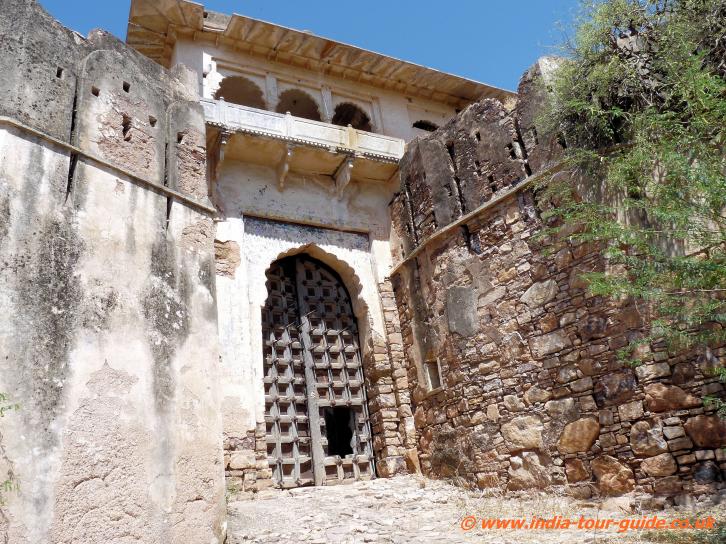
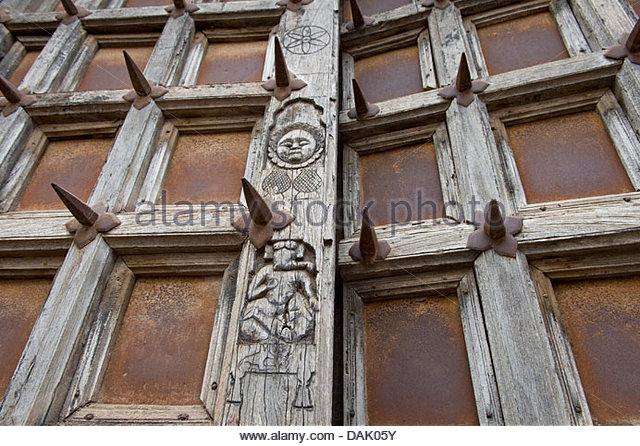
-
 5
5
-
 1
1
-
-
Oh, ok. Don't know anything about meshes :/
Use this freshly sourced reference though, it took me a couple of months to find
 :
:
That's Queen Amanitore, but she's the perfect reference for her predecessor, Queen Amanirenas, the ruling queen during the conflict with Rome and prime candidate for Hero status:
Oh, and the sandals look great, but the triangle representing the tassel should be the other way around (broad side towards the toes). It's all in the details

-
 1
1
-
-
Drool... They already look so badass! How good are they going to look when finished?? Can't wait

The Kandake could have the patern of Horus' wings embracing her skirt, to finish it off, like in the reliefs.
I'm really appreciating the details, by the way, like the bronze quiver, the ankh necklace, the pattern on the diagonal sash, the armbands and bracelets... Really nice stuff!
Just noticed the sandals
 Really good!
Really good!
-
 1
1
-
 1
1
-
-
Well, they did have that obscure Indian connection, so who knows... The Kings of Kush, partaking in Kush from the Hindu Kush.
Hehehehe...
-
 2
2
-
-
The Kingdom of Kush: The Lepsius Collection
Kushite Reliefs of the Highest Quality
"Karl Richard Lepsius (1810-1884) was a pioneering Prussian Egyptologist, linguist and a pioneer of modern archaeology. In 1842, Lepsius was commissioned by King Frederich Wilhelm IV of Prussia to lead an expedition to Egypt and the Sudan to explore the remains of the Ancient Egyptian civilisation. The Prussian expedition was modelled after the earlier Napoleonic mission, with surveyors, draftsmen and other specialists.
The chief result of this expedition was the publication of Denkmäler aus Aegypten und Aethiopien (Monuments from Egypt and Ethiopia), a massive twelve volume compendia of nearly 900 plates of ancient Egyptian inscriptions, as well as accompanying commentary and descriptions. These plans, maps, and drawings of temple and tomb walls remained the chief source of information for Western scholars well into the 20th century, and are useful even today as they are often the sole record of monuments that have since been destroyed or reburied." -Wikipedia-I was able to acquire almost 70 high quality plates, from the book Denkmäler aus Aegypten und Aethiopien (Monuments from Egypt and Ethiopia), which depict a large amount of Kushite reliefs from the Napatan and Meroitic period. Some are from Gebel Barkal, the site of Napata, and some are from Naqa and Musawwarat es Sufra. The majority of them however, come from the royal necropolis at Meroe. They offer invaluable insights into Meroitic society, religion, funerary customs and the culture of royals and and their nobles.
Many of these reliefs have now been lost, or are heavily deteriorated. Comparing today’s remaining reliefs with the plates in Lepsius’ work, shows us that we are dealing with the highest quality renditions of Meroitic and Napatan reliefs ever produced! The value of his work can not be overstated… The plates on these Kushite monuments from Sudan seem to be mostly unknown to modern academics: they’re from 1842-1845, are extremely poorly tagged in digital collections, use archaic nomenclature for place names and are often conflated with Egyptian work by amateur historians.
As I have mentioned in previous posts, the cultural continuity in the Southern Nile Valley for over 2500 years of history is remarkable. These reliefs were produced between 300 years and 1300 years after the collapse of the New Kingdom! They illustrate the survival and adaptation of Pharaonic culture in Sudan for over a millennium, all the way through 0AD’s timeframe.
As well as following Egyptian conventions, Kushites developed their own styles, symbology, pantheon, language and script, unique from the Egyptians. This makes the reliefs all the more interesting.
I will sum up some of the most interesting/relevant and clearly identifiable elements:
- Horses, sometimes decorated, offered to the ruler
- Large herds of cattle paraded before kings and gods, sometimes sacrificed
- Often recurring, symbolic use of the bow, but other weapons include the spear, sword, mace and battle-axe
- A number of interesting staffs/standards are depicted, topped by different animal forms (representing army divisions?)
- Ruling queens were depicted just as dominant as their male counterparts
- Male princes (co-regents?) are subordinate to the ruling queens
- Depictions of dogs, loyally guarding bound prisoners
- Many depictions of lions, some of them on leashes, many of them devouring enemies/captives
- Depictions of elephants, some of them on a leash
- The first depiction of a camel in official state-art I’ve seen to date
- The Kings and Queens of Kush loved the burning of ritual incense. Kush, incense, anyone? Chuckles softly…
- Virtually all the rulers are seated on a lion shaped stool/throne
- A very large variety of clothing styles, but Kings and Queens are often depicted wearing a particular type of garment
- Libation is poured often, as it is still being done in many African cultures today
- Departure from strict Egyptian norms, re-imagination of Egyptian symbology
- Many depictions of (ritual) boats and funerary barges.
- Kush was clearly a heavily stratified society, with a large aristocracy/many nobles
Necessary clarification of terms:
- Aethiopen: Refers to the area’s directly to the south of Egypt
- Begerauich: Begrawiya, the Royal Necropolis of Meroe
- Naga: Naqa, the Meroitic city
- Wadi E’ Sofra: The site of Musawwarat es Sufra, the Kushite cult-place
- Barkal: Jebel, or Gebel Barkal (the pure mountain) and the site of Napata, the old Kushite capital
Let me reiterate, that these are all Kushite reliefs from the Napatan and Meroitic period. First hand references. Depictions of Kushites, by Kushites, for Kushites. Some of the strongest primary sources you could possibly work with. Take the opportunity to download them and zoom in on the details, these are HQ images. Maybe you'll notice something I didn't. I decided to post all of them, because of their rarity/general research purposes.
The Lepsius Collection:
SpoilerMeroe:
Queen Amanishakheto, together with Queen Amanirenas or Amanitore, executing bound prisoners with a weapon that looks very much like a sarissa (shortened for artistic purposes) on the pylon of a pyramid chapel. The queen on the left is also holding a bow and arrow. The prisoners are all wearing unique head-dreasses, different helmets referring to different enemies.
Some ritual incense for Osiris
A quadruple false doorway, with a large barge on top flanked by Ba figurines (birds with human heads)
Meroitic royal with Osiris and accompanying meroitic inscription
King and Queen. A dog with elaborate collar guards over bound prisoners. A majestic looking horse being offered to the royal couple.
Ritual barges/boats and a seated King, to whom offerings are made, including the slaughter of cattle
Horus in scale armor, accompanied by a dog. Fragment of a lion can be seen, as well as the only example of a camel in official state art I've ever seen.
Noblemen and noblewomen on a cut stone doorway
Seated King and Queen. Bound captives under the king's chair. Dog under the queen's chair. The winged goddess Isis protects the royal couple, a recurring theme.
Herds of cattle being led by Anubis, Thot and Horus. Bound prisoners in lower register, one is wearing a mediterranean type helmet.
Elaborate royal scenes, with offerings, pouring of libation and many nobles and gods present
Offerings being made to Queen Amanishakheto
Amanishakheto's treasure, plundered by Guiseppe Ferlini in 1830
On the left lower side of the doorway, a pair of horses can be seen, with cloth on their backs. Ritual barge on top of the doorway
Ritual incense for the queen. Unusually intimate embrace between the goddess and prince to the left of the queen. These intimate embraces between deities and royalty seem to be a thing in Kushite art.
A classic scene from the book of the dead, the "weighing of the heart", on the scales against ma'at, closely watched by Anubis, and recorded by Thot. Horus also plays a part. Osiris looks on.
The body of a king. The Falcon has flown to heaven!
Partaking in incense burning... Meroitic script slowly replacing hieroglyphs, though the two scripts coexisted for a while
King Tarekeniwal, in full scale armor, executing prisoners with a hooked battle-axe. He is also seen with bow and arrow, as well as a spear
King Tarekeniwal receiving offerings, holding on to a spear, bow and arrows.
On the left upper image, we see a richly decorated horse, with elaborate headpiece, feathers and nose-guard, as well as a cloth draped over an animal skin covering it's back. Below that, we see an elephant, in between the feet of a ruler. Rulers in this position are always about to smite their enemies, placing this elephant in a clearly militaristic context. The only other animals that ever shown in between the feet of a ruler are lions and dogs, also associated with this military context. Another clear example of the importance of elephants in Meroe, not just Musawwarat, as has been suggested by some academics, unaware of these plates.
Queen Amanishakheto enjoying some incense. In the upper left corner, two, wheeled vehicles can be made out.
Two pairs of horses can be seen on the bottom left part, accompanied by two spearmen.
An elaborate royal scene with many nobles, men and women, gods and offerings of food, drink and cattle
Gebel Barkal:
Columns in the shape of the god Bes, from the Amun temple at Napata
Osiris has a boner
Large numbers of noblemen and noblewomen present themselves separately, to the incense-enjoying queen.
In the following two plates, the Kings' bow has a curious attachment to it.
About that Kush
Musawwarat es Sufra:
A very interesting piece showing Amun, Apedemak, Sebiumeker (?), Horus, Arensnuphis (?), and other gods, royals(?). Horus is seen carrying a round shield decorated with someone's face, a spear and a sword. Apedemak also carries a sword, along with a bow. A third sword can be seen on the far right.
Column drum showing Apedemak (middle of the first row) with a monkey on a leash. A king stands on a platform supported by the back of an elephant. In the second row two sphinxes maul enemies, as a lion smells some flowers.
Third image from the left, top row, depicts two lions on a leash, and Amun with a short sword. In the second row, sphinxes maul enemies, a god plays the harp for a lion, and an elephant just kind of stands there, doing nothing.
In the lowest row, a sphinx and a lion maul enemies
Third image from the left, Amun holds an elephant on a leash. I hope you realise the proportions in this type of art are all symbolic, denoting importance of the figure, not the actual size. On the second row a god rides an elephant, Apedemak, the lion god rides a lion (...), as it mauls enemies, Horus rides a sphinx knocking out some defenceless gazelles, and a vulture pecks away at the corpses of defeated enemies.
On the first row, once again Amun is holding an elephant on a leash. On the third row, a lion smells flowers, then mauls an enemy, listens to some harp music and mauls another enemy.
Naqa:
One of the strangest depictions of a deity (?) in Kush I've seen yet. He's depicted twice, frontally, in a naturalistic style, completely departing from Egyptian convention. But he wears typically Kushite royal attire, and the royals surrounding him are depicted in the classical way.
A procession of the Gods
A procession of the Goddesses
King Natakamani and a prince, a lion standard impaling an enemy, and a rare serpent form of Apedemak, from the lion temple in Naqa
Apedemak, King Natakamani, Queen Amanitore and a prince
King Natakamani and Queen Amanitore, both holding a sword over the head of bound captives about to be smithed. The King has a hooked axe-mace. Yes you read that correctly, part axe, part mace. Amanitore sticks to a second sword. Both of them have pet lions tearing away at their enemies. This is to be the relief for the Lion Temple in 0AD.
Isis offers bound captives to Natakamani and Amanitore
Queen Amanitore and a prince, receiving blessings from a unique, triple headed Apedemak
Ram statues from the processional avenue to the Amun temple in Naqa. Decorated column from Musawwarat. On the lowest part a round shield can just be made out.
Congratulations if you went through all of that. You've now officially seen more details of Kush than many of the academics writing about the subject.
Source:
Denkmaeler aus Aegypten und Aethiopien nach den Zeichnungen der von seiner Majestat dem Koenige von Preussen Friedrich Wilhelm IV nach diesen Landern gesendeten und in den Jahren 1842-1845 ausgefuhrten wissenschaftlichen Expedition:More specifically: Aethiopen:
https://digitalcollections.nypl.org/search/index?utf8=✓&keywords=lepsius+aethiopen-
 2
2
-
 1
1
-
@Nescio, you're right about not being able to take down serious walls like that, that's why I said simple. But gates are another story...
-
11 minutes ago, Nescio said:
Have you have ever seen an elephant charging head on at a large stone wall?
Well, they weren't living siege weapons indeed, but they can most definitely take down simple walls, structures, gates, etc. Still happens today, when wild elephants across India and Africa attack villages, or when they are purposefully used for demolition.
Spoiler

@Hannibal_Barca lol, you're right, I stand corrected

-
 2
2
-
-
The Romans put Gaul on fire, dismantled Carthage block by block, burned the fields between the Tigris and Euphrates...
Major powers often completely wiped out their enemies' ability to sustain themselves, usually by fire and other means of destruction. Territories could only be "peacefully" captured after enemy forces had vacated the place/surrendered, and even then, soldiers would often pillage, loot and destroy just for the fun of it...
3 minutes ago, Hannibal_Barca said:unless the units are out of their vision range
Which happens very quickly. I find I have to concentrate on not letting soldiers wonder too far from the battlefield because they're chasing women... It's annoying to me, not fun, when soldiers wonder, and get themselves killed, especially in an enemy's fortified area. Why do people think it's ok for a soldier to chase a unit all the way across the map, even in to another enemy's territory, especially when you're still fighting (concentrating on) the original battle. Am I the only one that thinks soldiers should NEVER enter enemy territory unless explicitly told to do so? Perhaps even return to the original position you told them to go to?
4 minutes ago, Grugnas said:this may be true with buildings but units trying to capture by default a siege instead of attack it is somehow confusing.
OMG, the most annoying thing of all... Siege destroying your city walls, and soldiers just standing there trying to "capture" it, and failing miserably, while your walls/fortresses go down. This isn't even a matter of opinion. It's a broken feature that leads to frustration.
6 minutes ago, Grugnas said:modify the game is very easy.
Modifying the game isn't easy at all, for the vast majority of players that never mod anything at all... The vanilla should be as flawless as possible. Capture is systematically brought up as confusing for new players, and annoying even for experienced players. All that needs to happen is change capture with attack as the default. Why is there such resistance against this logical proposal, that has been proposed so many times before I can't even count??
-
 2
2
-
-
5 minutes ago, stanislas69 said:
I guess the initial goal was to make capture the only thing units could do. You can set a building on fire true. But most of the time you wanted to capture a city not ruins.
I also don't agree with that line of thinking
 lol....
lol....
I believe scorched earth policy were the predominant way of driving out an enemy, especially if that enemy was of a different culture.
Capturing is nice, but should never have been made the default! It should be used tactically, to try and take over sensitively placed fortifications.
Can we all agree that units trying to capture random enemy housing in the heat of battle is one of the most annoying things in the game. At least if they try to destroy it, there is some damage, even if they fail. If they fail at capturing, nothing happens to the enemy at all... A complete waste of effort...
-
 4
4
-
-
10 hours ago, stanislas69 said:
it was decided it wouldn't be done because unrealistic
Hmmm, I came across a topic like that a long while ago. I can't say I agree with the reasoning...
How many times in history did a swordsmen hack a stone or solid wooden building in to the ground? The answer is never... Swords and spears can't destroy a sturdy structure.
How many times have sturdy buildings been destroyed by fire? All the time! Still happens all the time in conflicts around the world today...
Fire is the only reliable way to destroy buildings without siege-equipment. Hitting a solid structure with a sharpened stick is a bit silly. Even "stone" buildings like castles are predominantly destroyed by fire, because of the vast amounts of wood that are used in the construction of stone structures (stairways, roofs, supporting beams, scaffolds, stores of wood and other flammable materials like fabrics, barrels, wooden chests, furnitures, oil... Even stone itself tends to crack under extreme heat.
-
 2
2
-
-
9 hours ago, wowgetoffyourcellphone said:
What kind of fabric is this? I am very curious! Did they have the ability for such sheer fabrics in that time? I always thought it was some Hollywood convention!
Lol, that's something Hollywood actually got right. It would have been used only by the wealthy, but sheer fabrics were definitely produced by both Egyptians and Kushites. They were made from an extremely finely woven linen. Also noteworthy, is that silk was being imported in to Egypt, possibly as early as a 1000BCE, through Persian traders and their predecessors. Kushites also traded heavily with Persians, through Egypt, but I suspect through the Red Sea trade as well.
-
 1
1
-
-
The Kingdom of Kush: New Kingdom Egyptian depictions of Kushites
As I said before, I have a collection of large reference posts to make. I'm desperately trying to round off my research, but every time I try to get out, it pulls me back in
 I'm just fact checking and arranging everything according to subject. It's a lot, so brace yourself!
I'm just fact checking and arranging everything according to subject. It's a lot, so brace yourself!
I will begin this new series of reference posts with a modest collection of New Kingdom Egyptian depictions of Kushites. These predate 0AD's timeframe by more than 500 years, but, you might have noticed a staggering level of cultural continuity in the Southern Nile Valley, one that is visible when comparing Meroitic reliefs to Napatan and even earlier New Kingdom examples. This continuity will be clarified more elaborately in future posts. It makes these references useful, especially in regard to the color palette and designs used in various Kushite attires.
SpoilerA restored mural depicting kneeling Kushites. Curiously, the lighter skinned bearded fellow in the middle (Egyptian/North Nubian?) is wearing a type of garment that is identical to the type of garment worn by later Napatan and Meroitic Kings and Queens. This might be the "King's son of Kush", a vizier to the Pharaoh, overlooking his dominions in Kush, during the Egyptian colonisation. If so, it would lend credence to the idea that the Napatan Kingship evolved from this office after the Egyptian withdrawal.
Kushite Noblemen
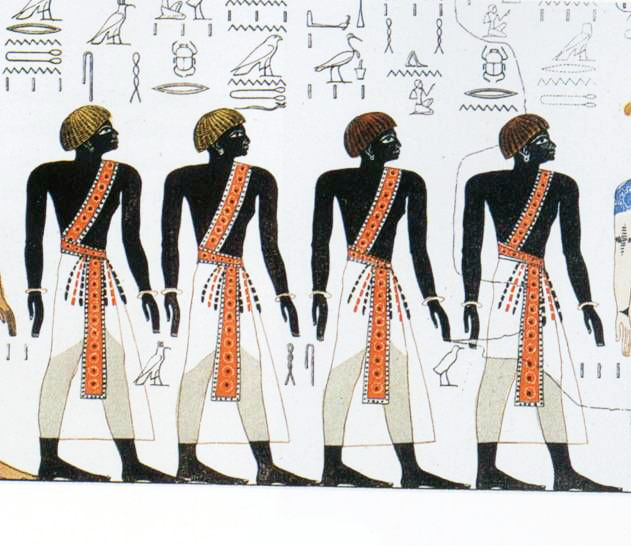
More Kushite Noblemen
Even more Kushite noblemen
Kushite captives being offered to the gods by the Pharaoh.
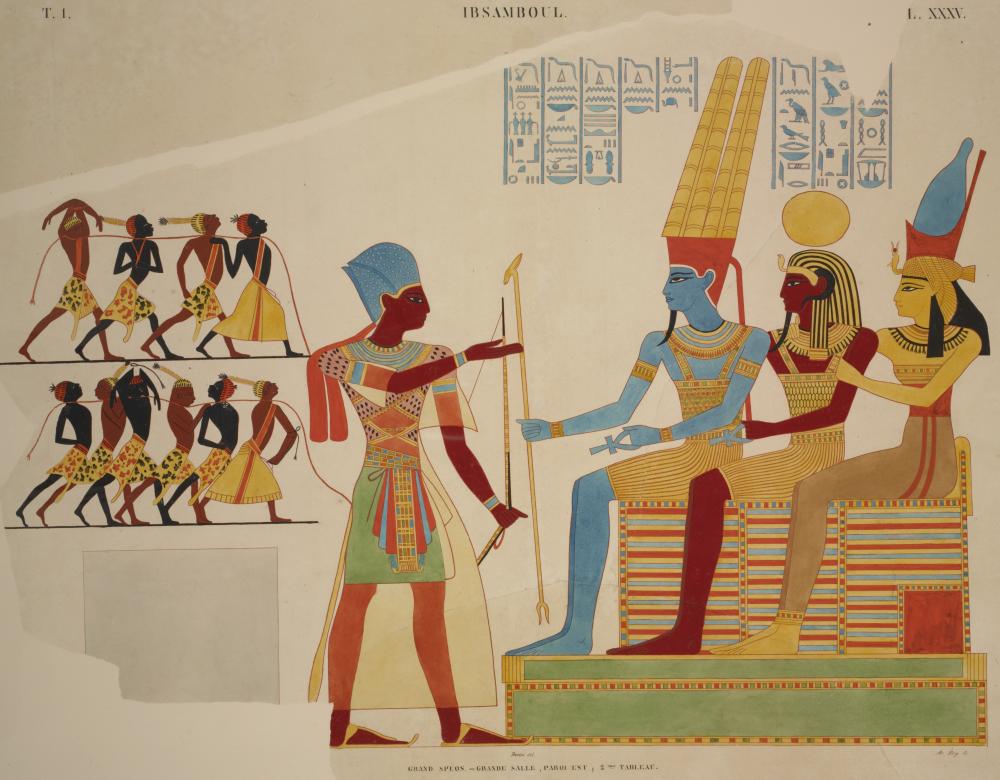
More Kushite captives
The execution of a Kushite noble/royal (?), by the Pharaoh.
Kushite mercenary archers
A "Nubian" archer, betrayed by the feather in his hair (Egyptian archers don't use the feather). It wouldn't be much of a leap to think the epsilon axe wielding soldier to his left is also of Nubian origin. He's wearing something similar to the archers in the above picture.
A chariot team, and heavy infantry axe/spearmen in the New Kingdom army. Their comparatively dark skin-tones and hairstyles betray a southern origin. The Kushite association with chariot making and horse-handling strengthens this notion.
What's interesting is that the features of the men in the last image are literally identical to those of modern Afar men. Their hairstyles, skin-tones, shape of nose, right down to the barely discernible moustache, are exactly the same. Afar currently inhabit the Danakil desert between Eritrea, Ethiopia and Djibouti, but are known to have lived as far north as the port of Suakin in Sudan, as late as the Middle Ages. Their ancestors would have been frenemies of both Egyptians and Kushites.
And finally, some Kushites trying to chat up a young lady in a playful scene
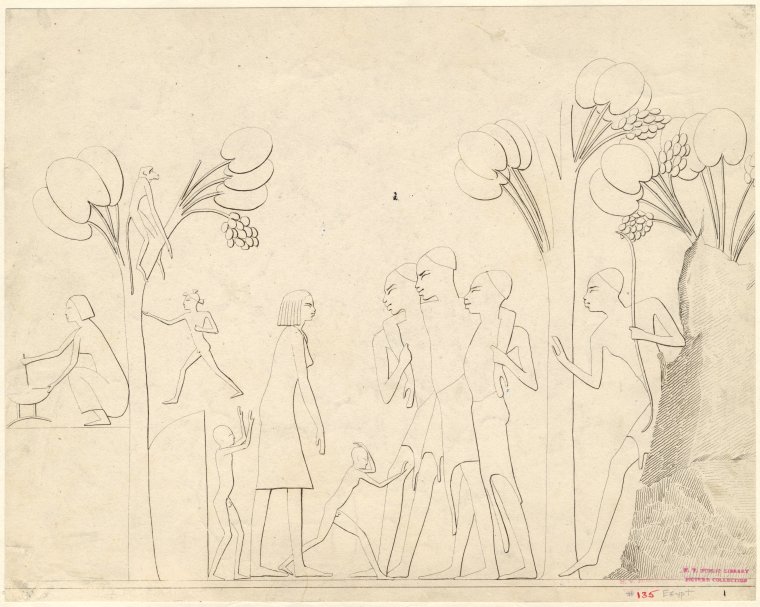
-
 1
1
-
-
@Lion.KanzenI only wanted to say that Xiognu and Scythians are horsemen from the beginning.
Other civ's need to build infrastructure to maintain a (quality) cavalry force, because they're not nomads.
8 minutes ago, Lion.Kanzen said:Feneur years ago says they don't planned stables because the lack of artist.
That explains that...
@LordGood admit it, you secretly kind of feel like doing it, don't you

I know it's a lot of work, and I don't expect it to be done, or anything. It's just something that always bothered me about 0AD. Plus I'm a sucker for ancient architecture. I always want to see more buildings and more diversity and realism.
As far as siege, I'm fine with having them in the fortress. Seems logical enough to me. I think archers and melee-infantry can easily train from the same facilities, so no problems there.
Riding an animal weighing up to one ton into battle just requires a little more effort than clicking a button on a readily provided CC.
-
 2
2
-

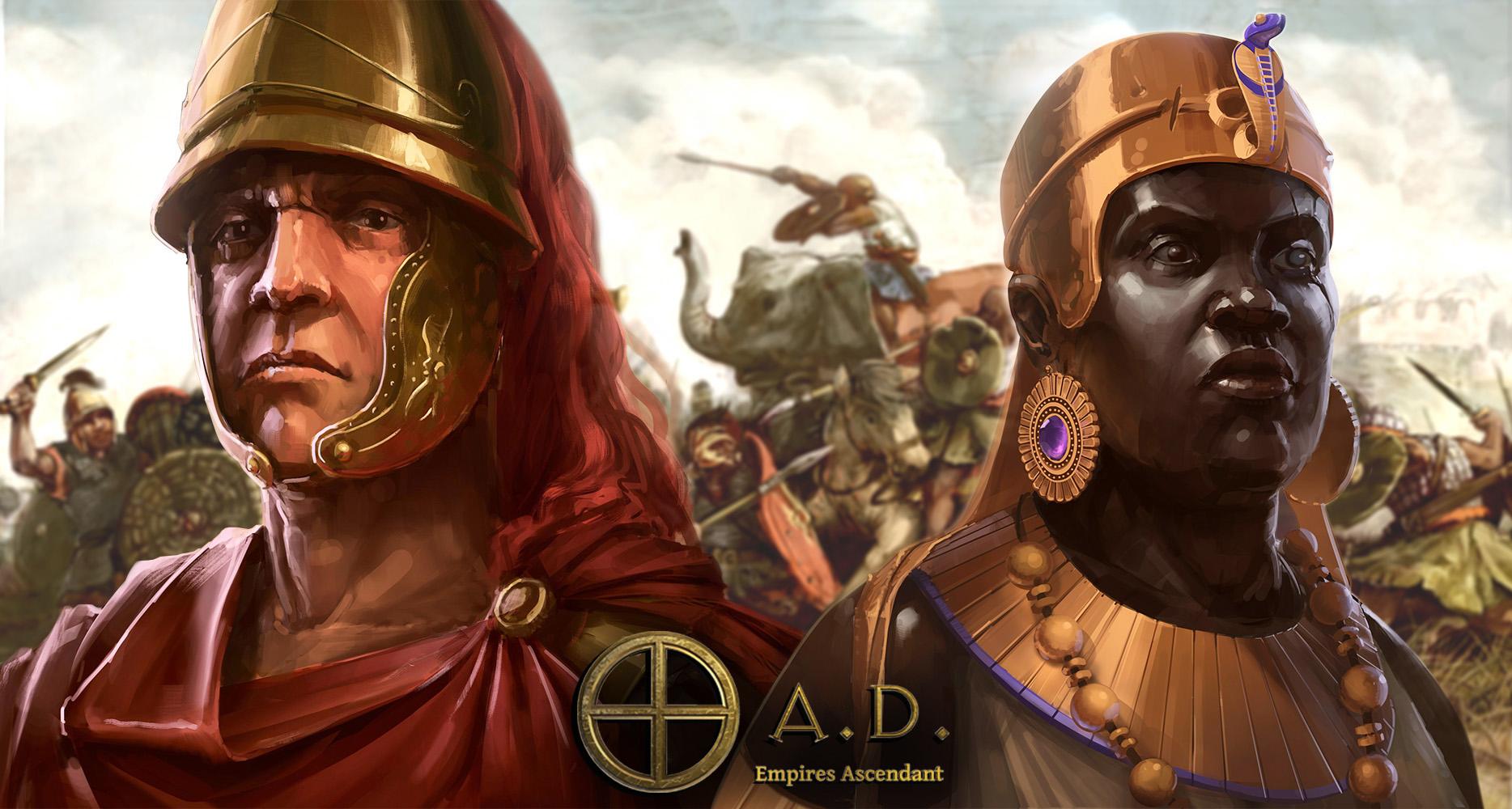

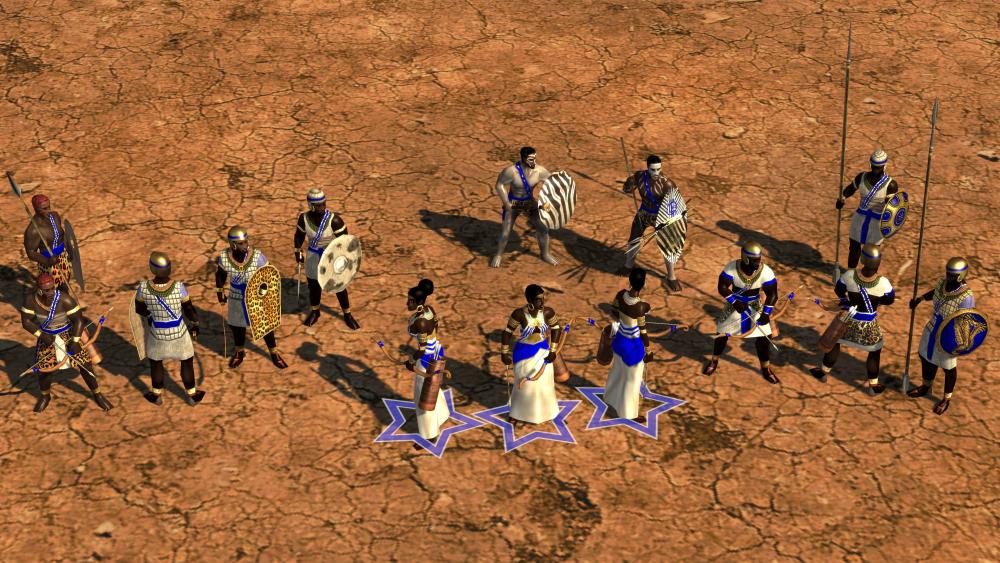
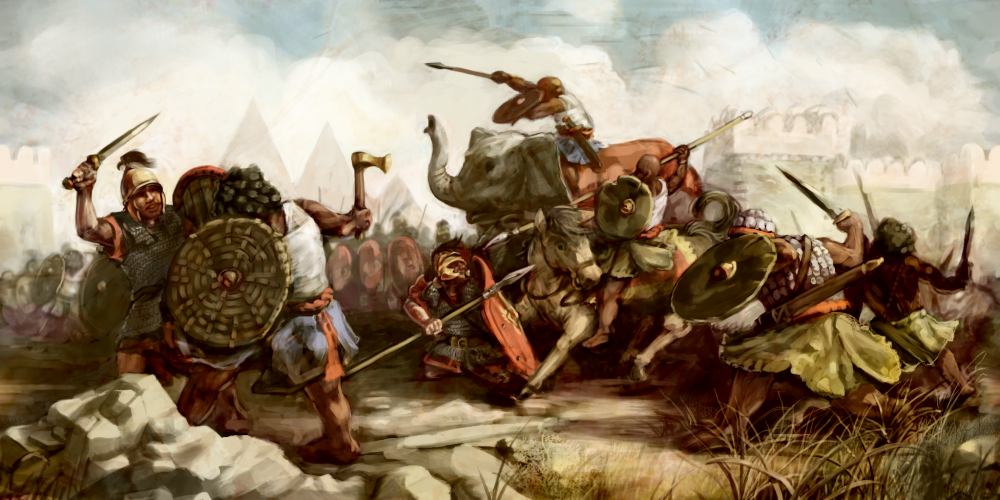
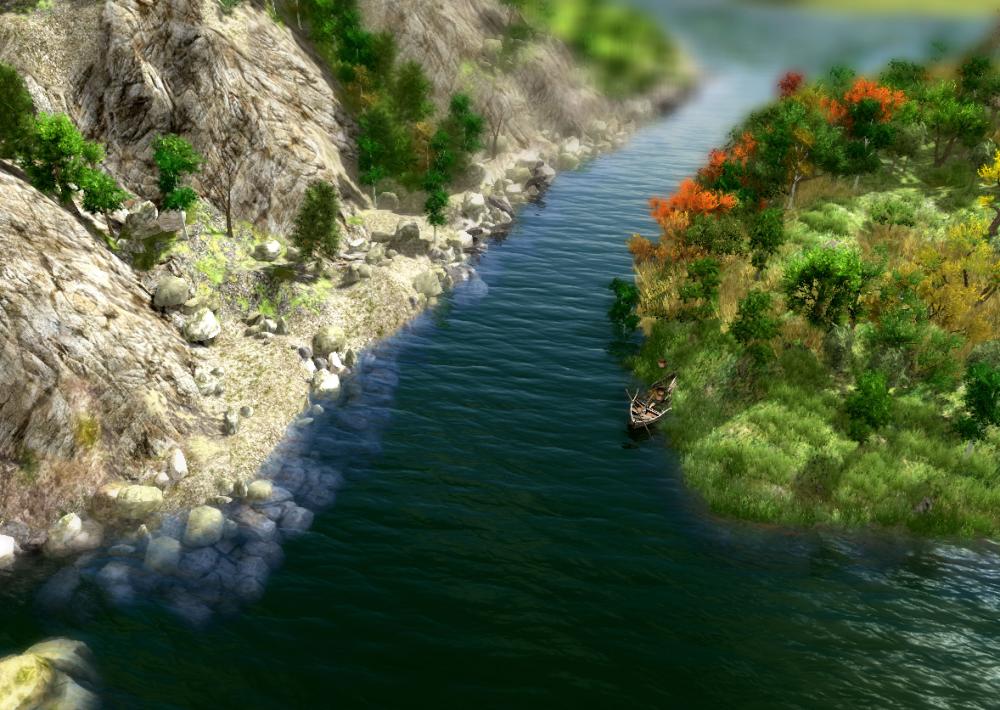
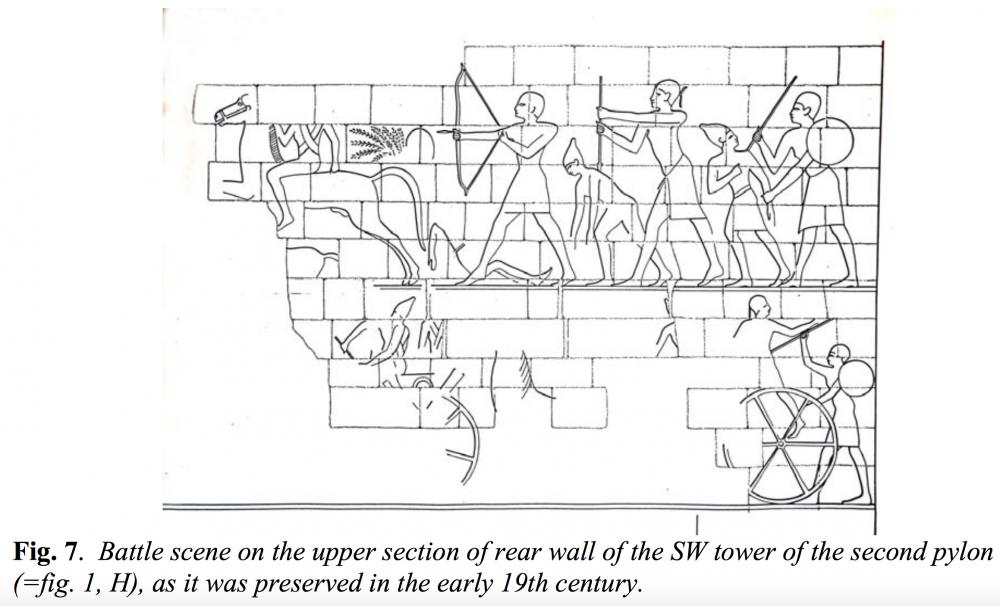
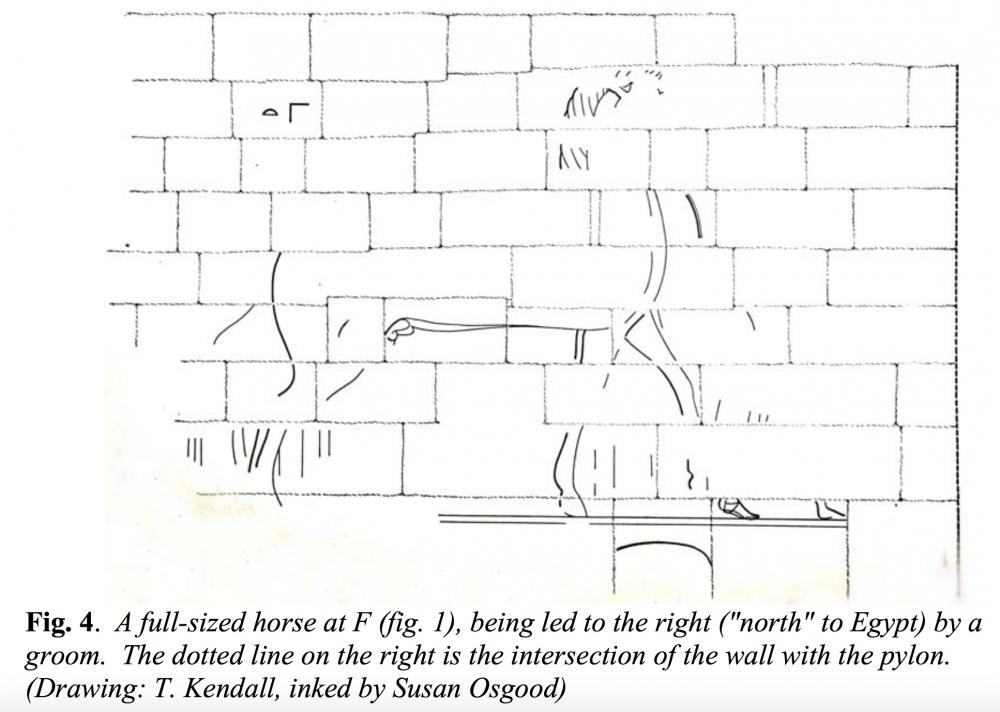
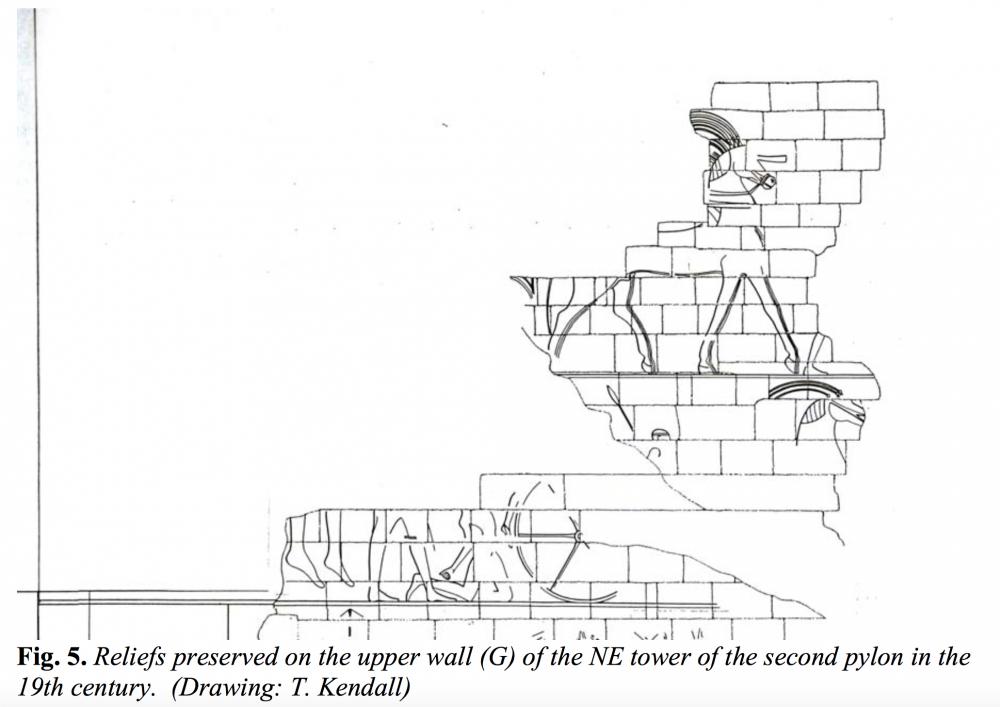
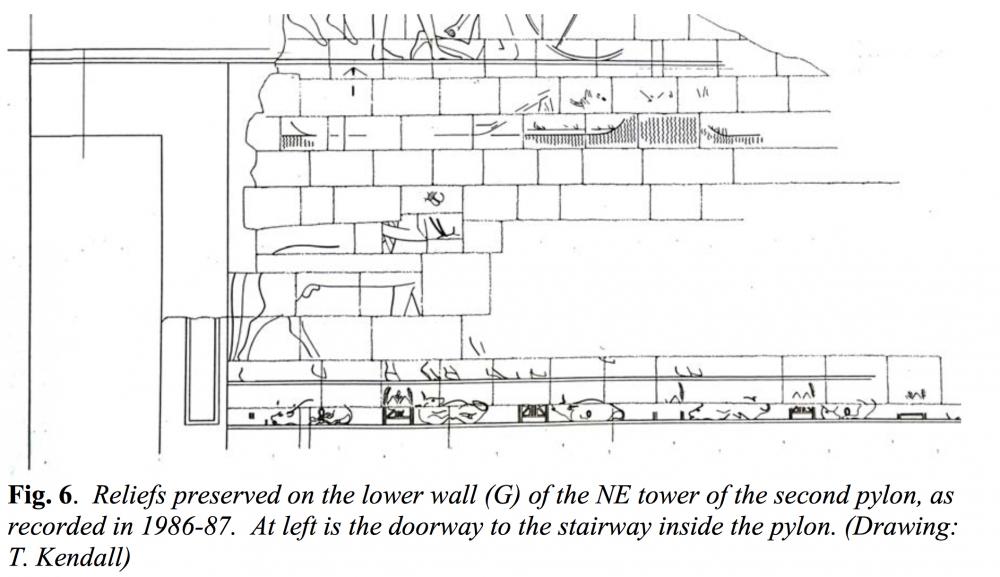
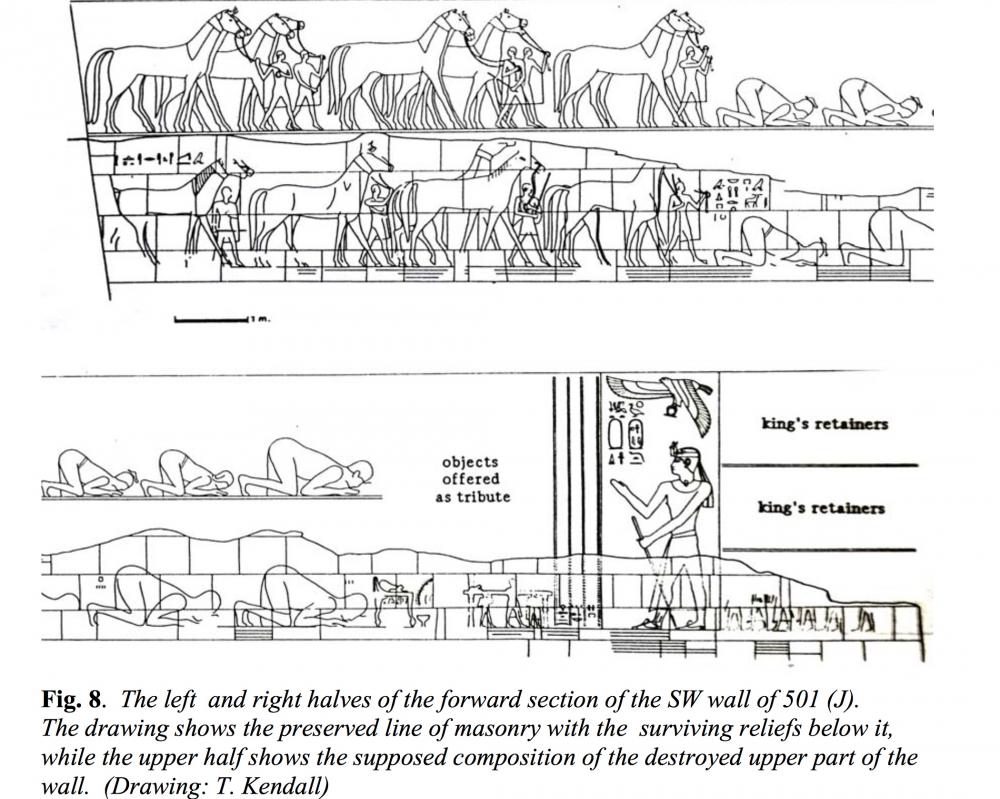
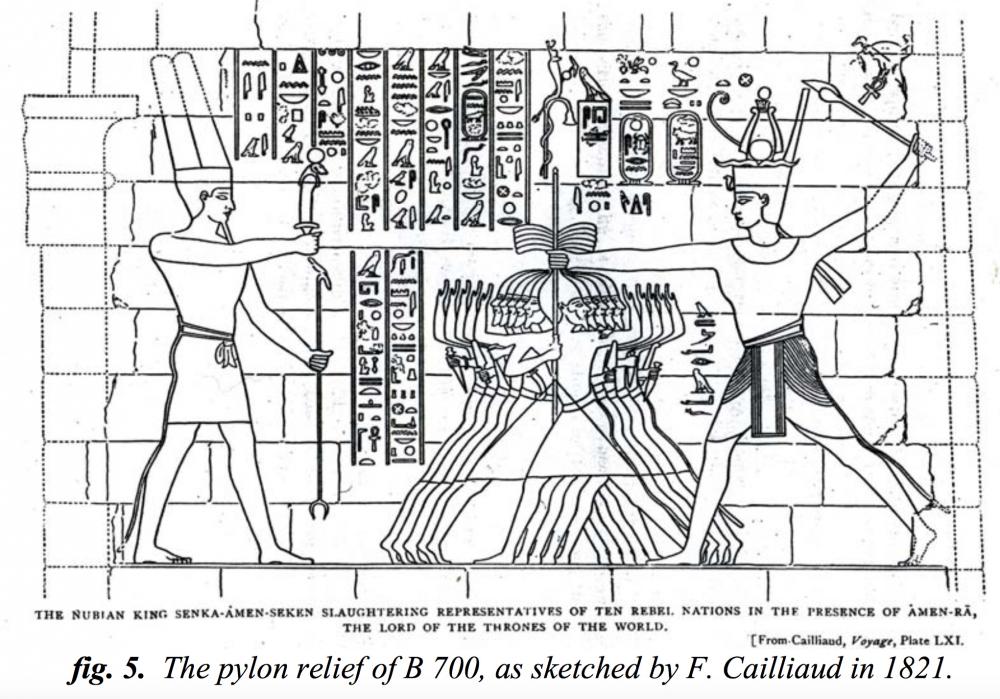
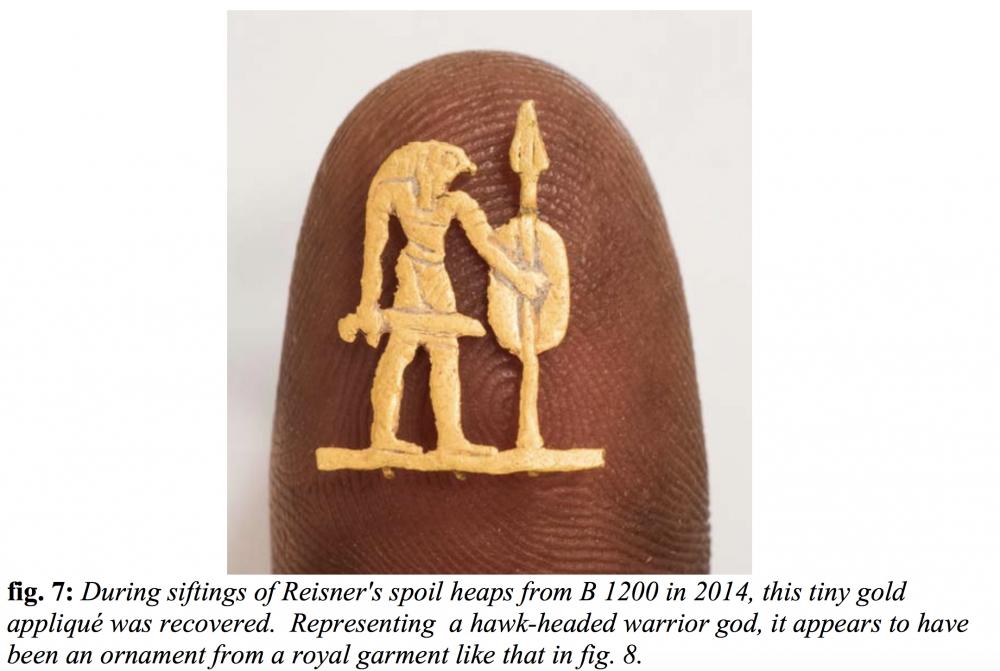
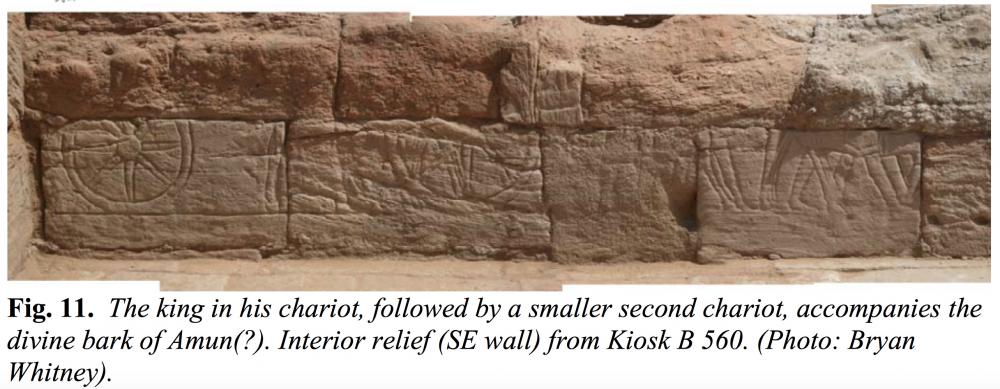
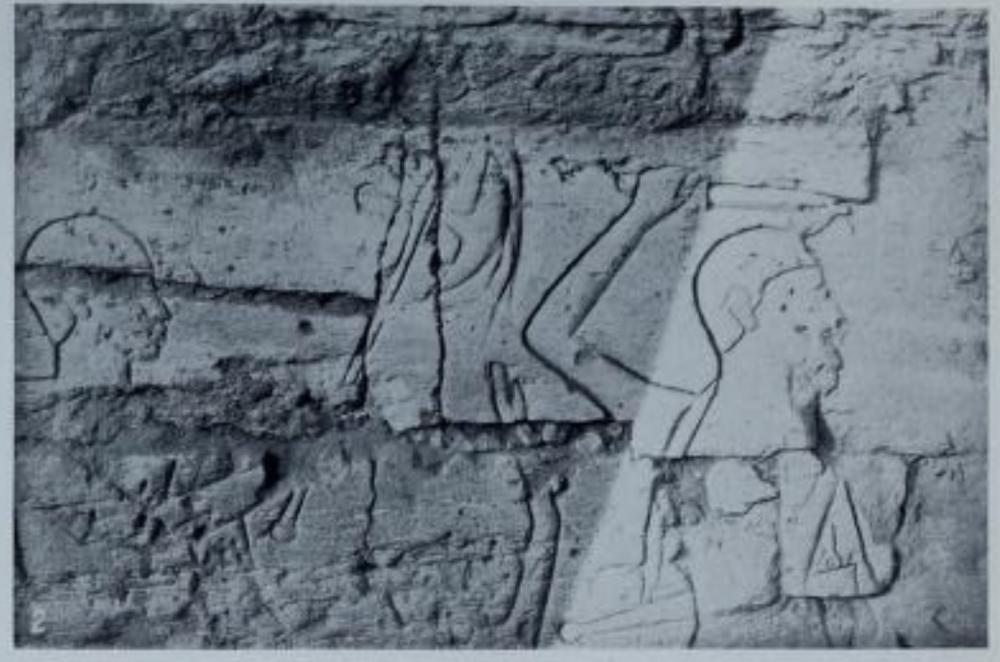
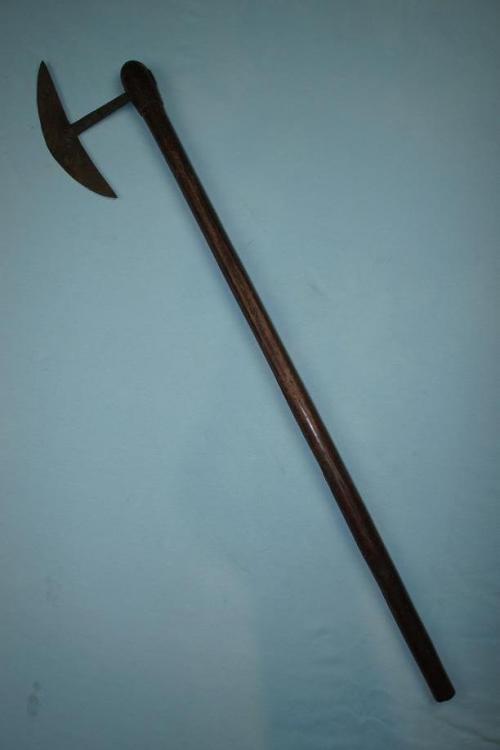
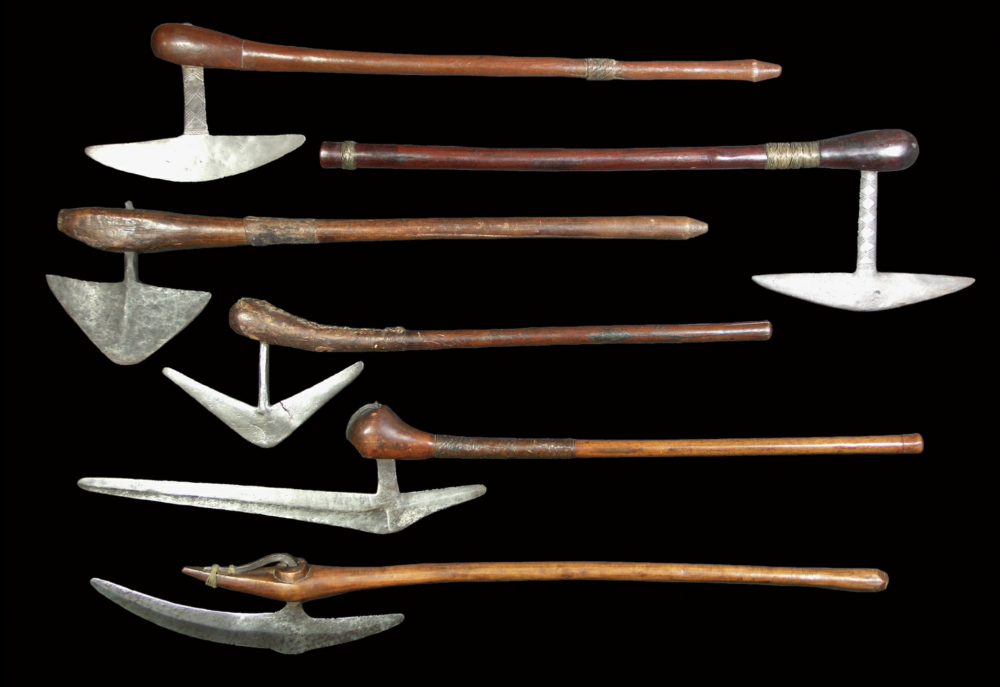
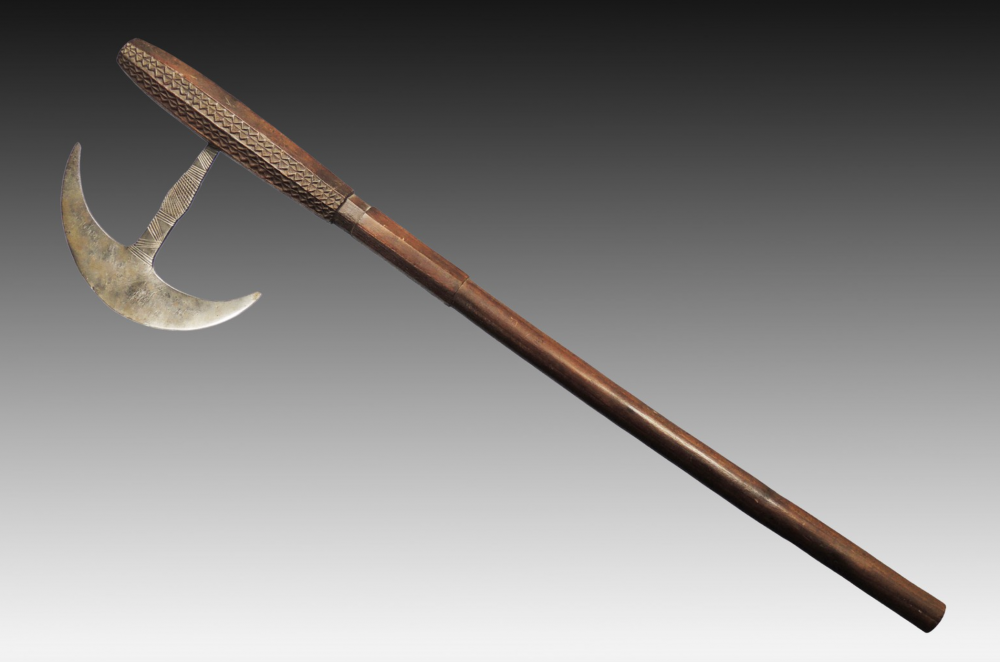
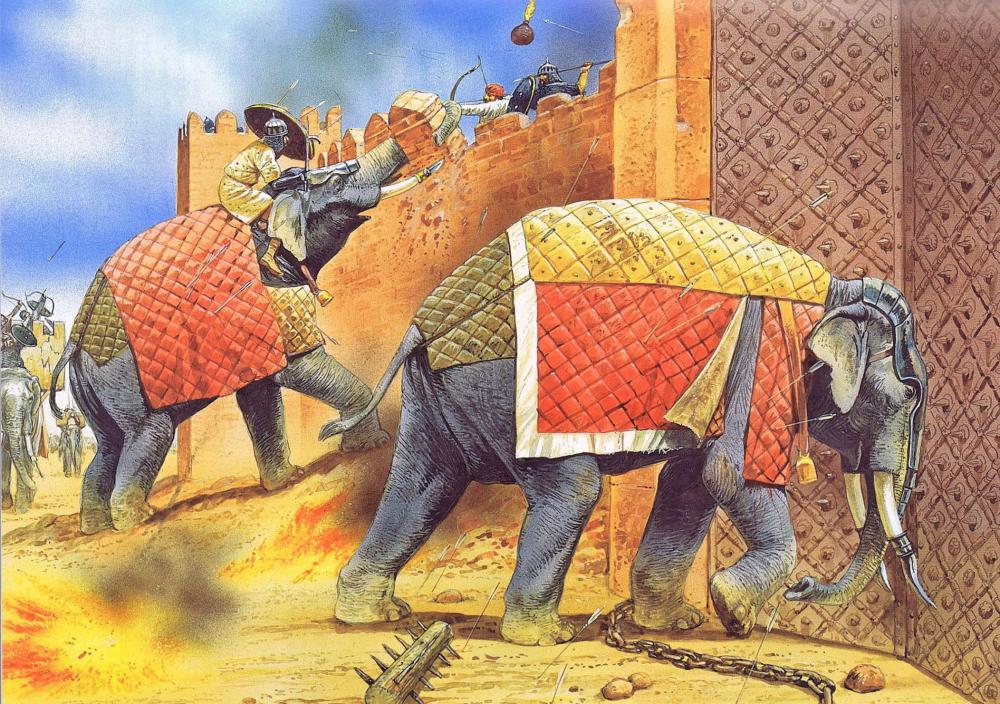
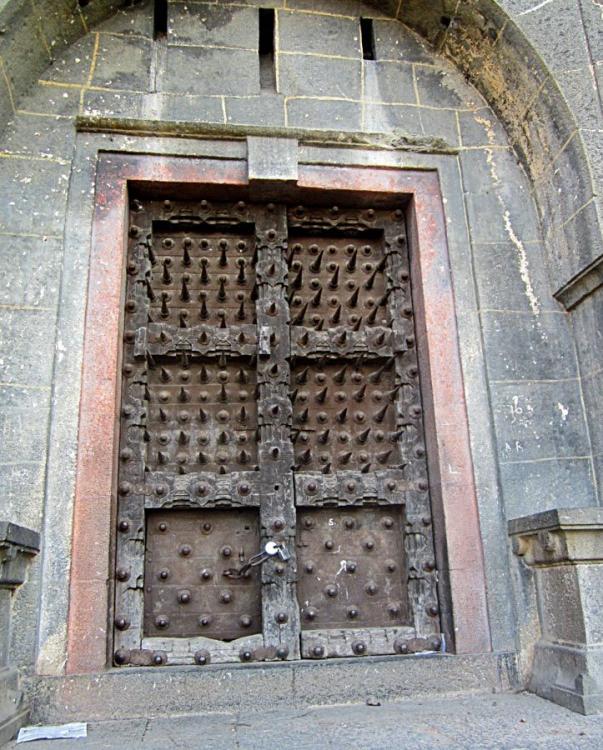
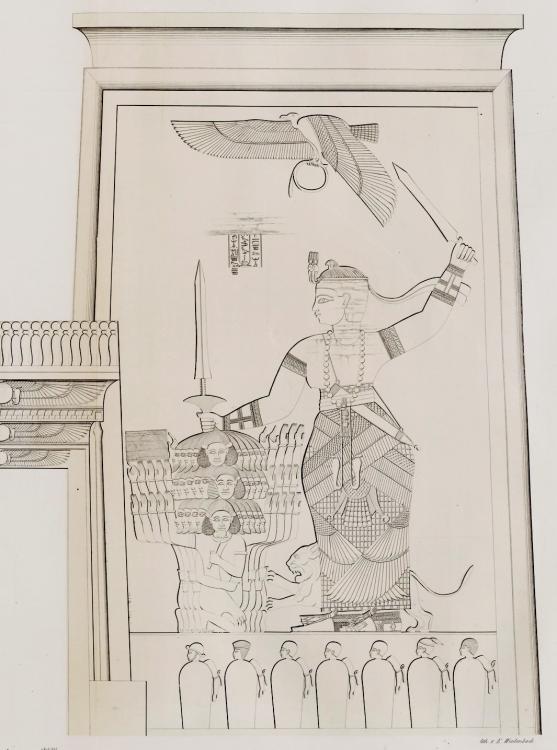
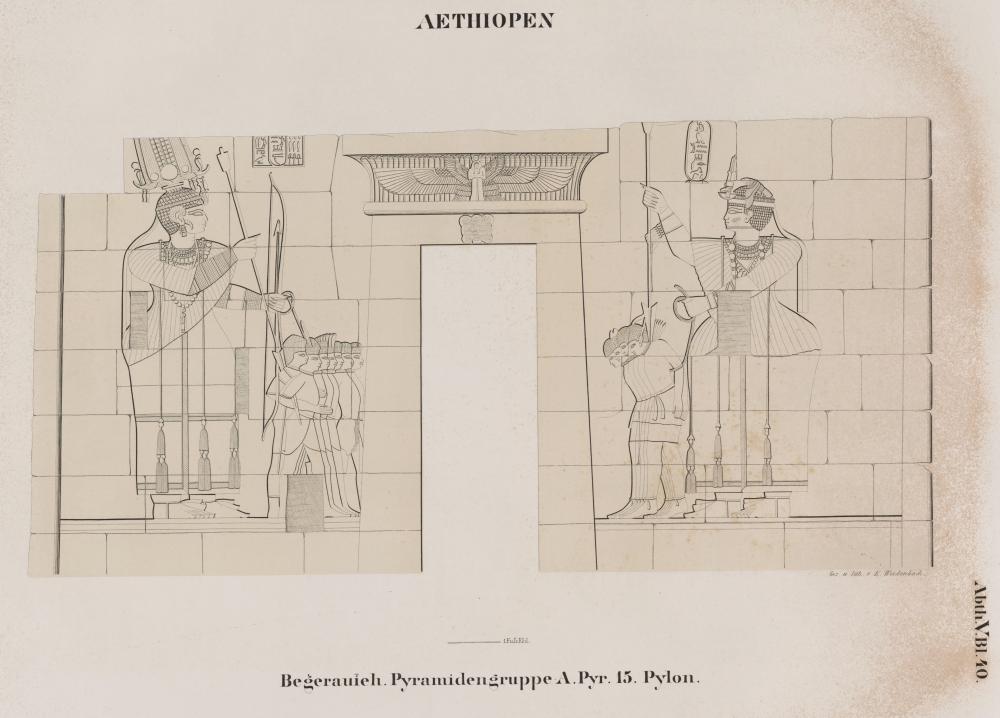
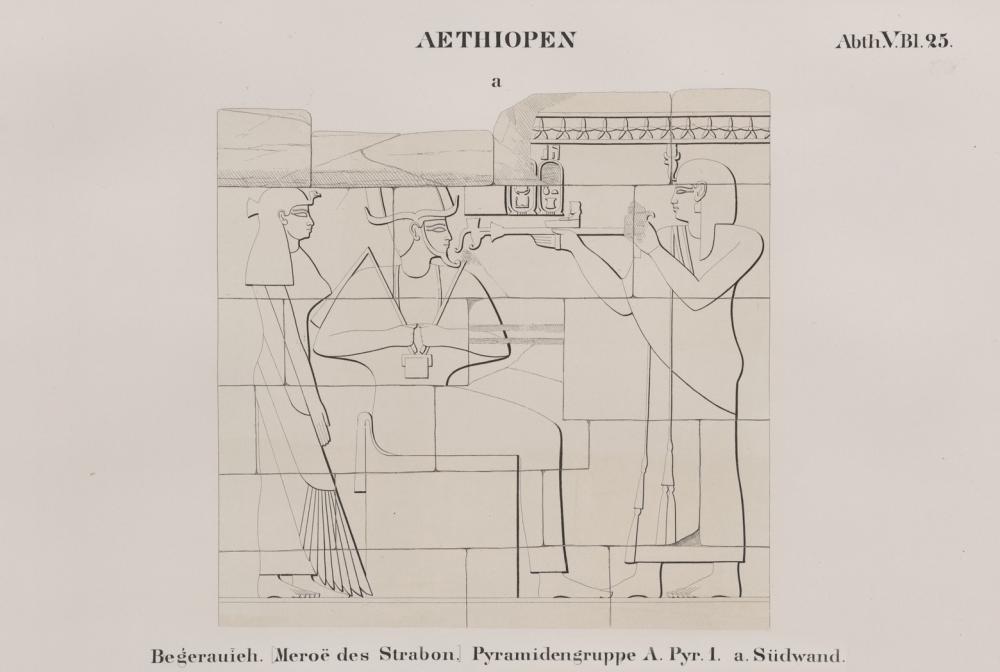
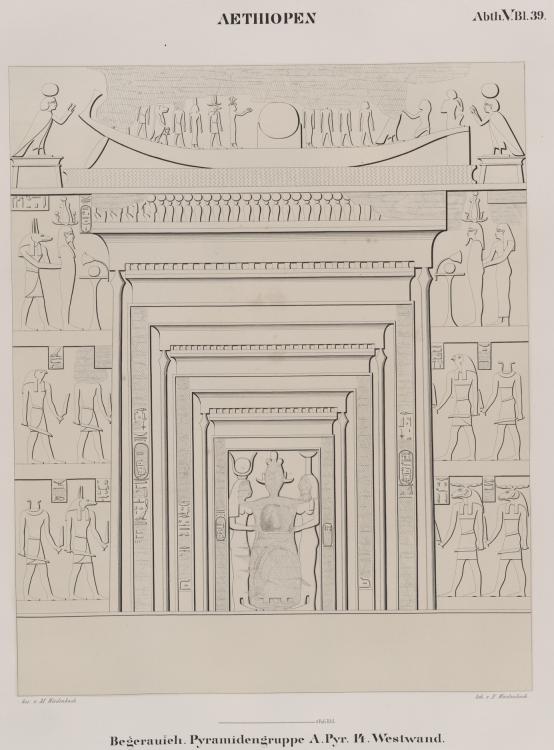
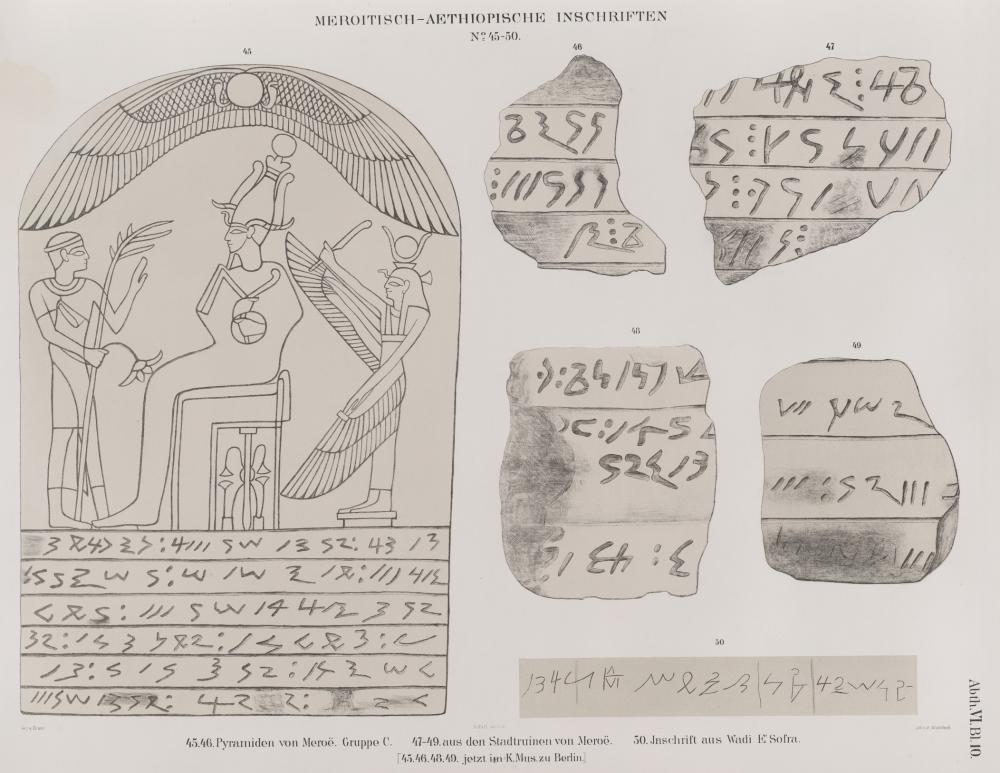
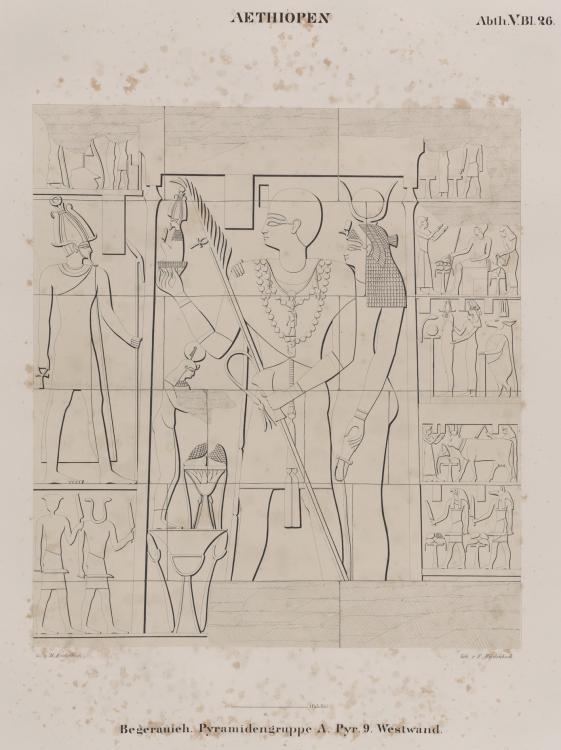
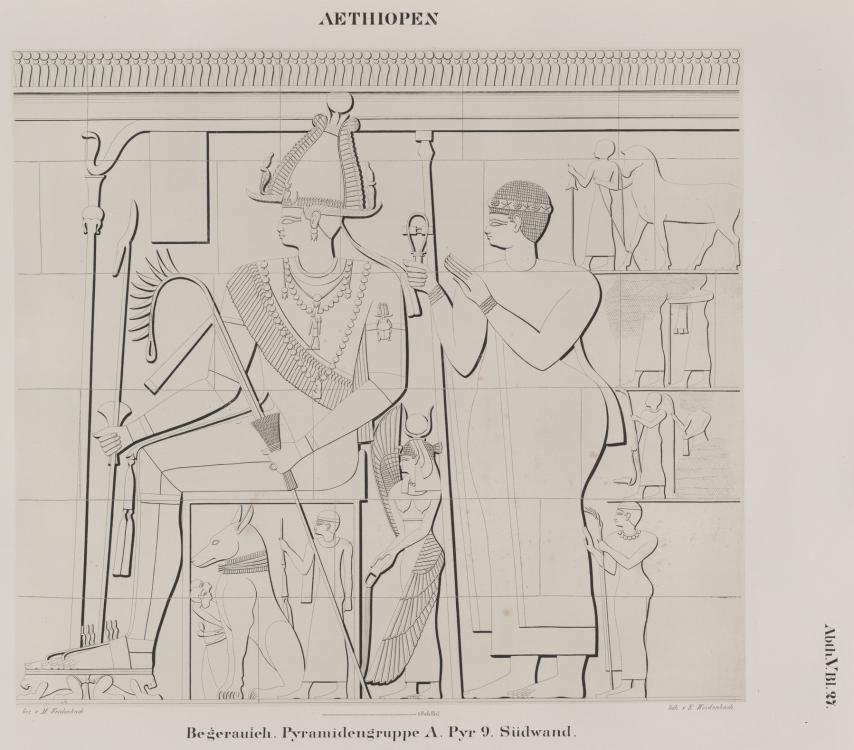
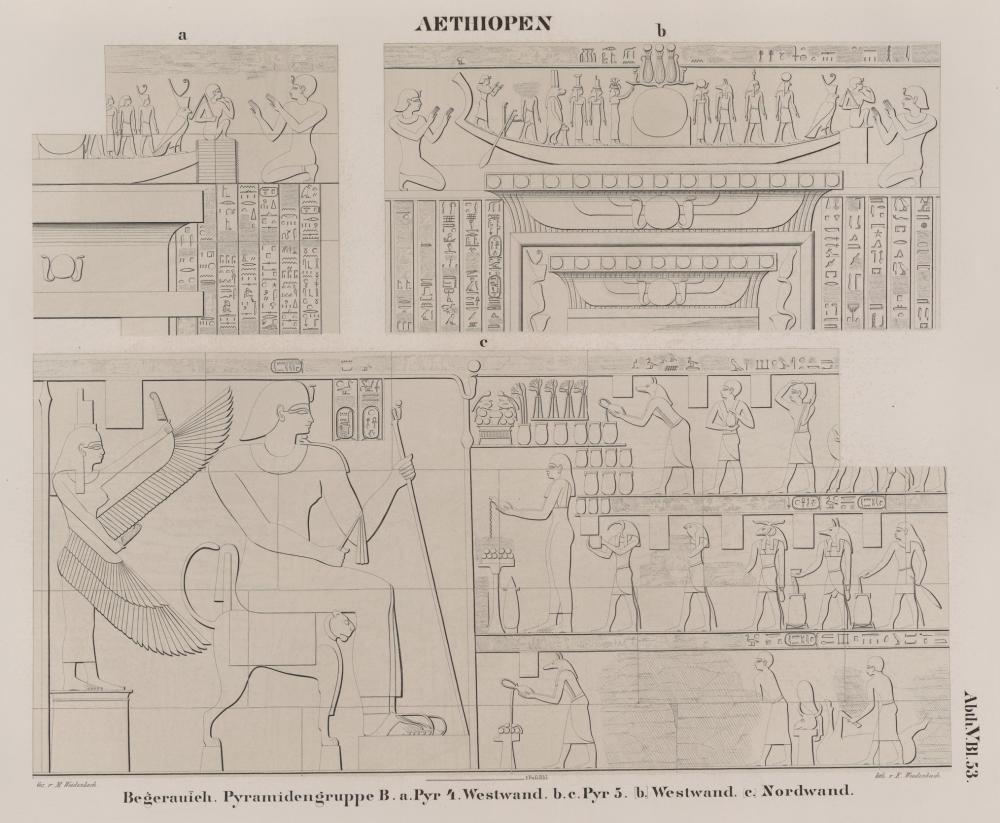
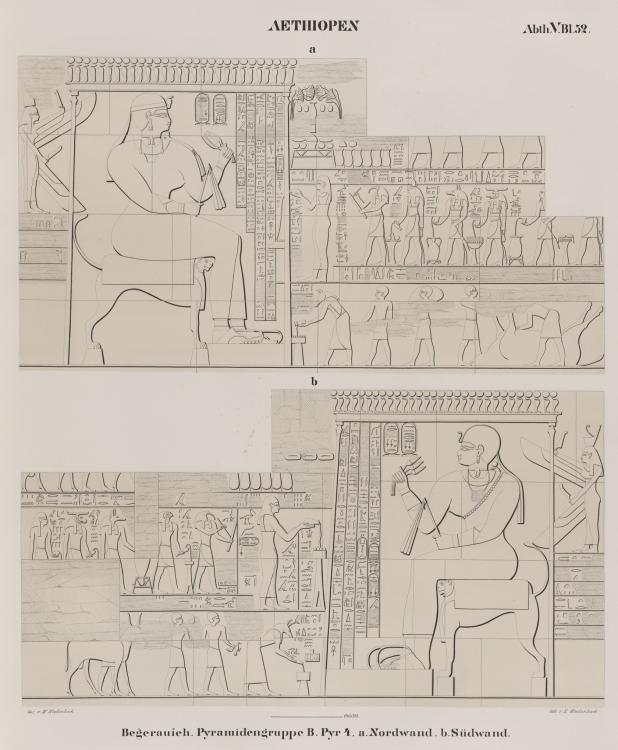
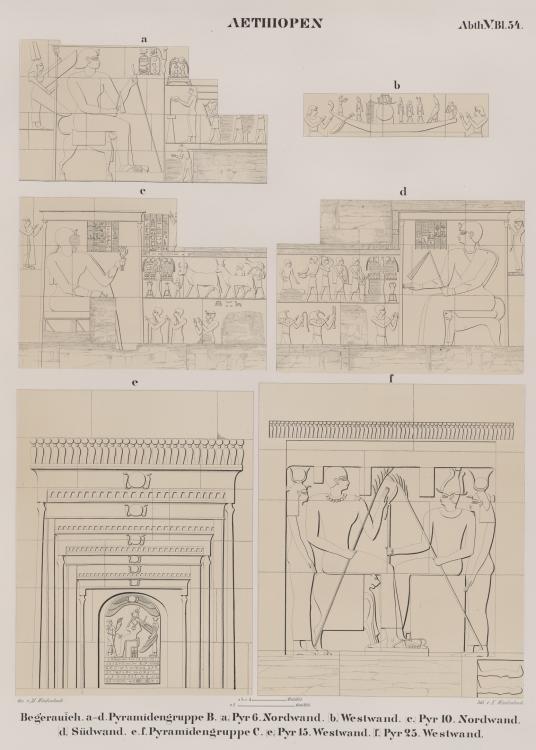
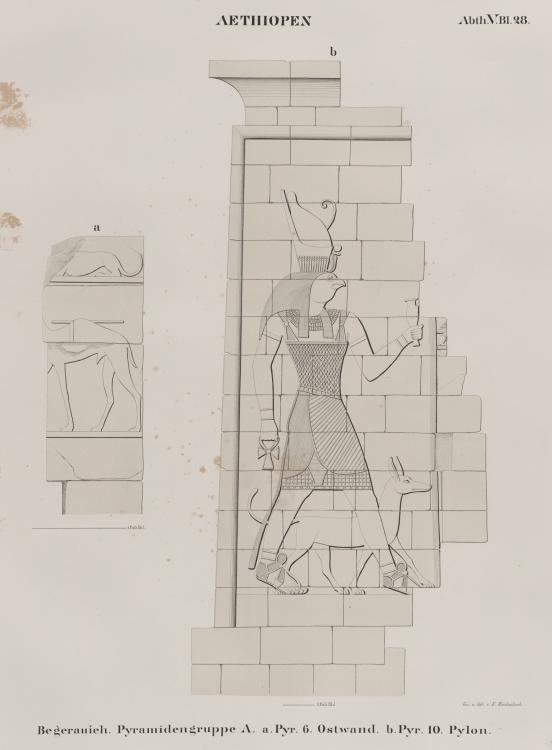
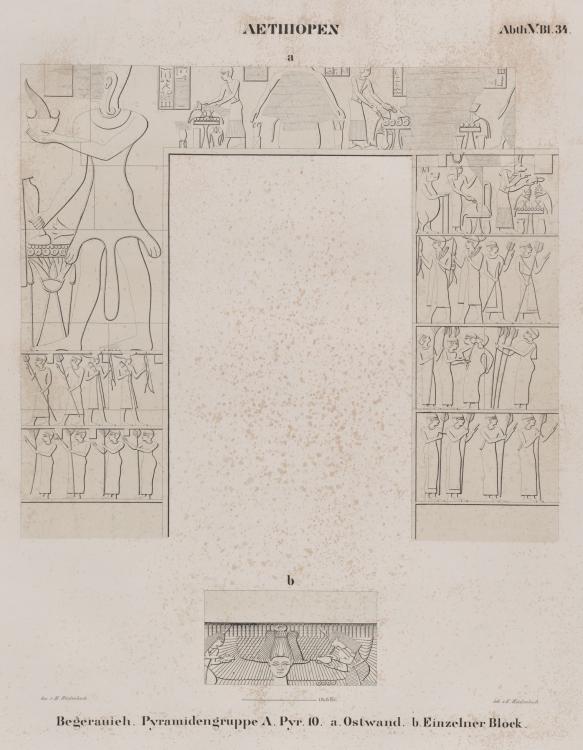
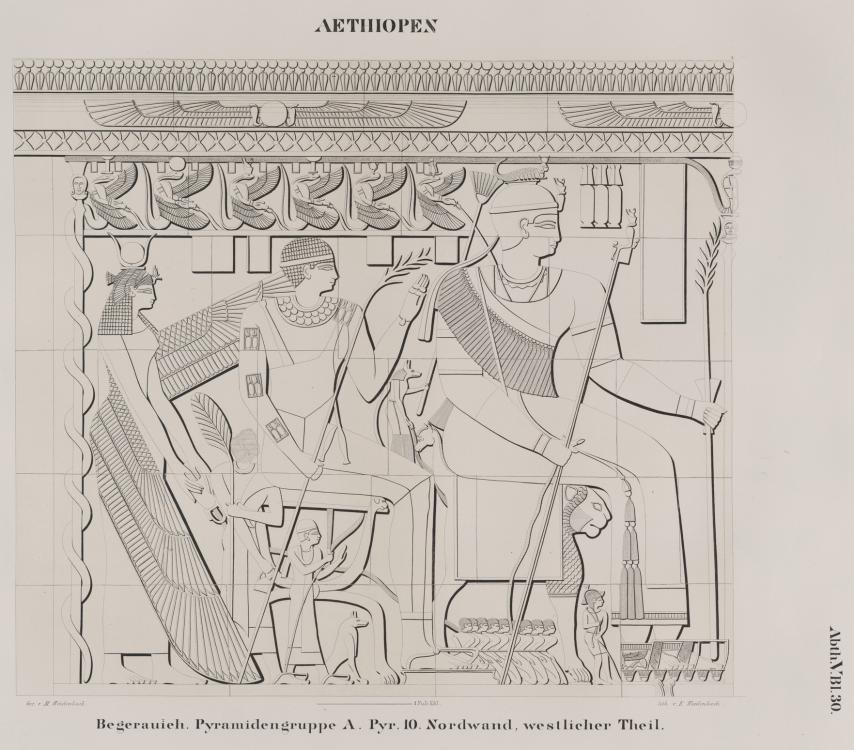
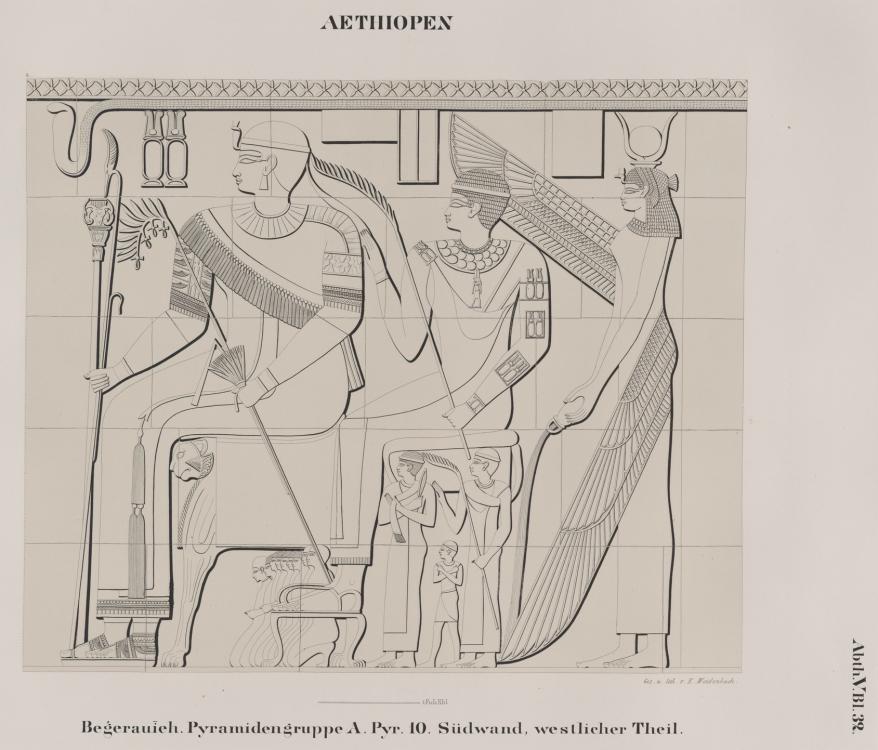
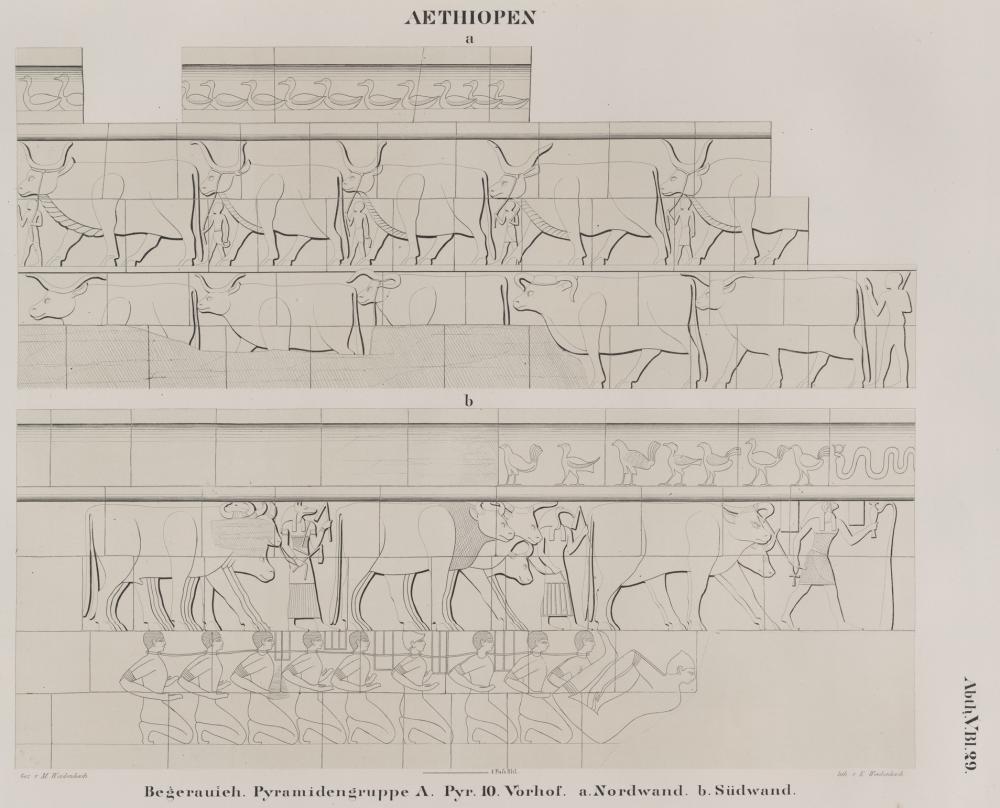
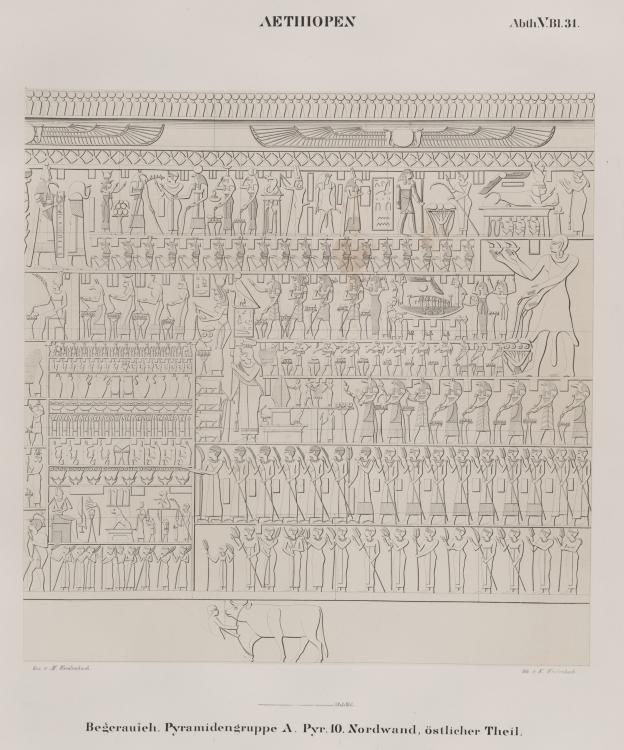
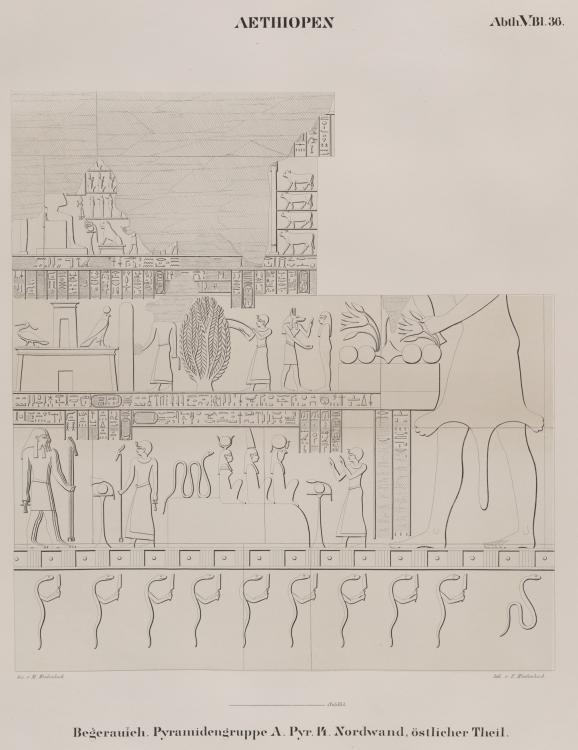
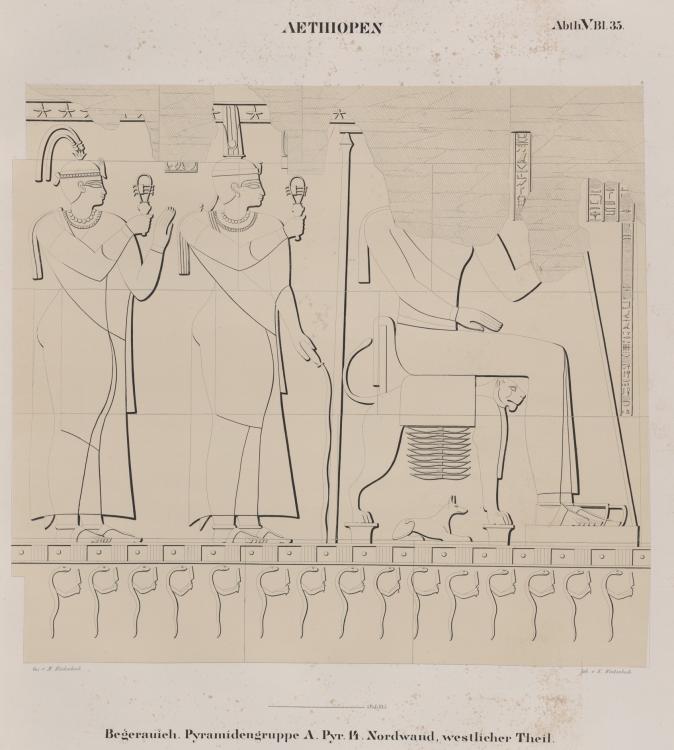
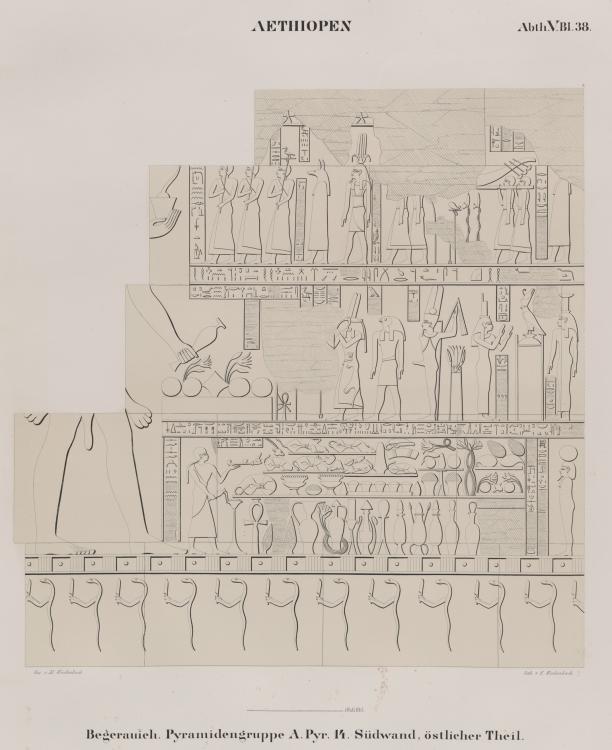
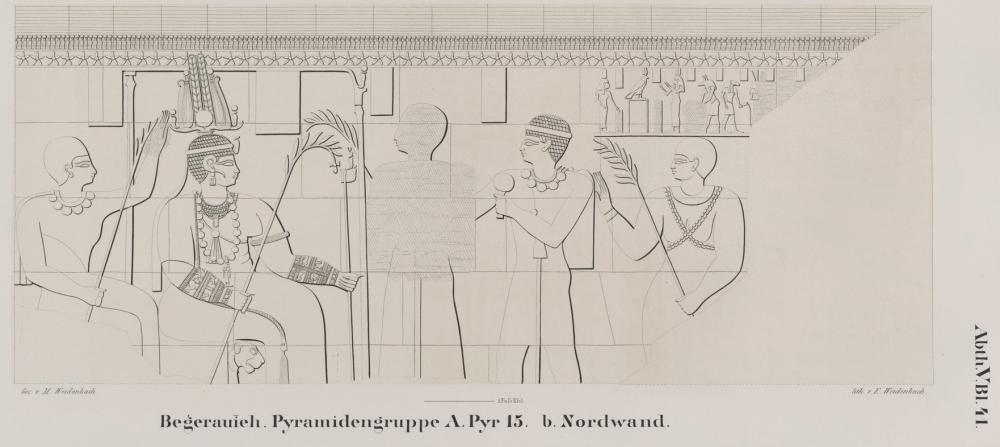
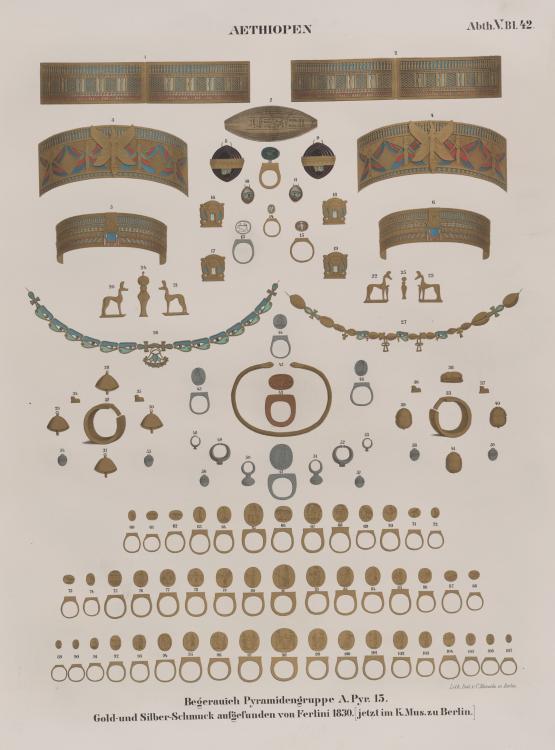
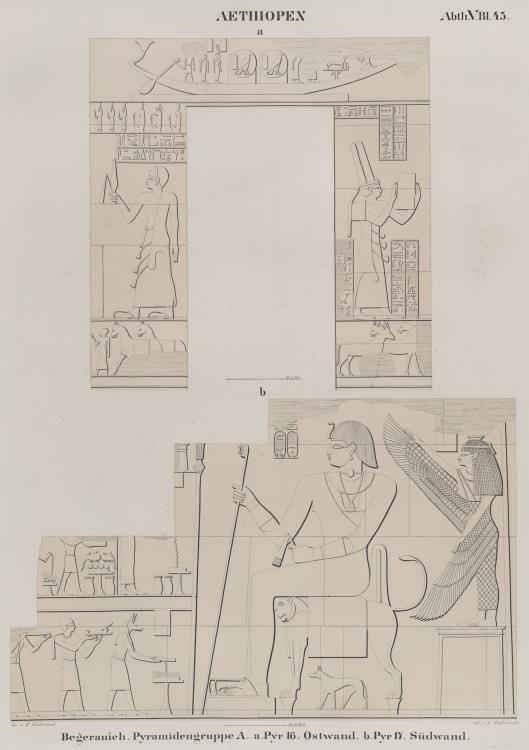
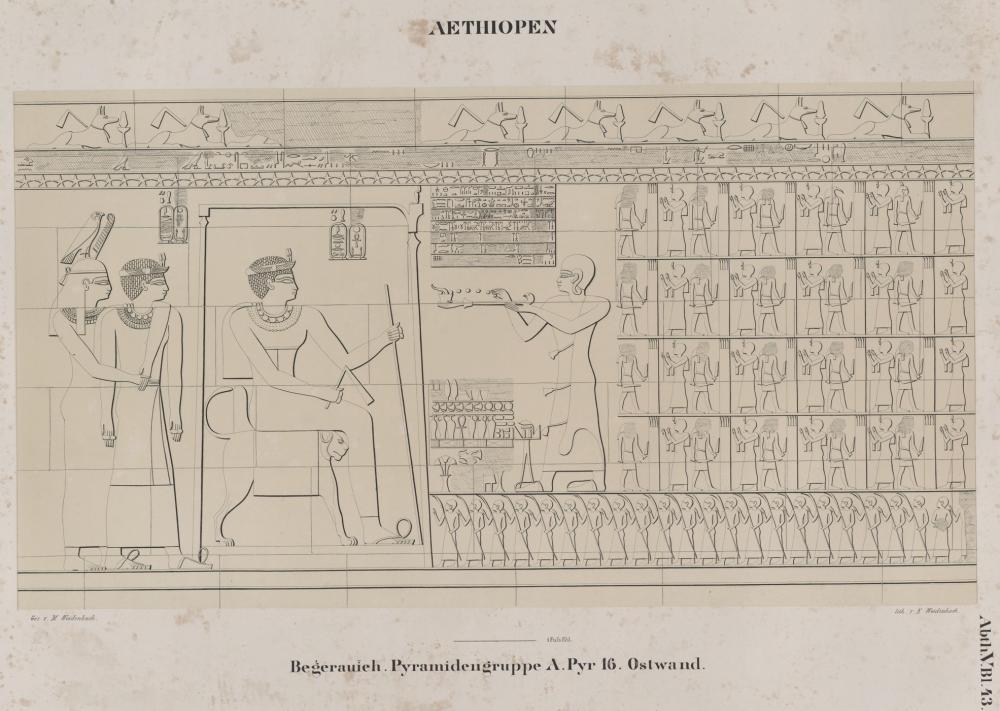
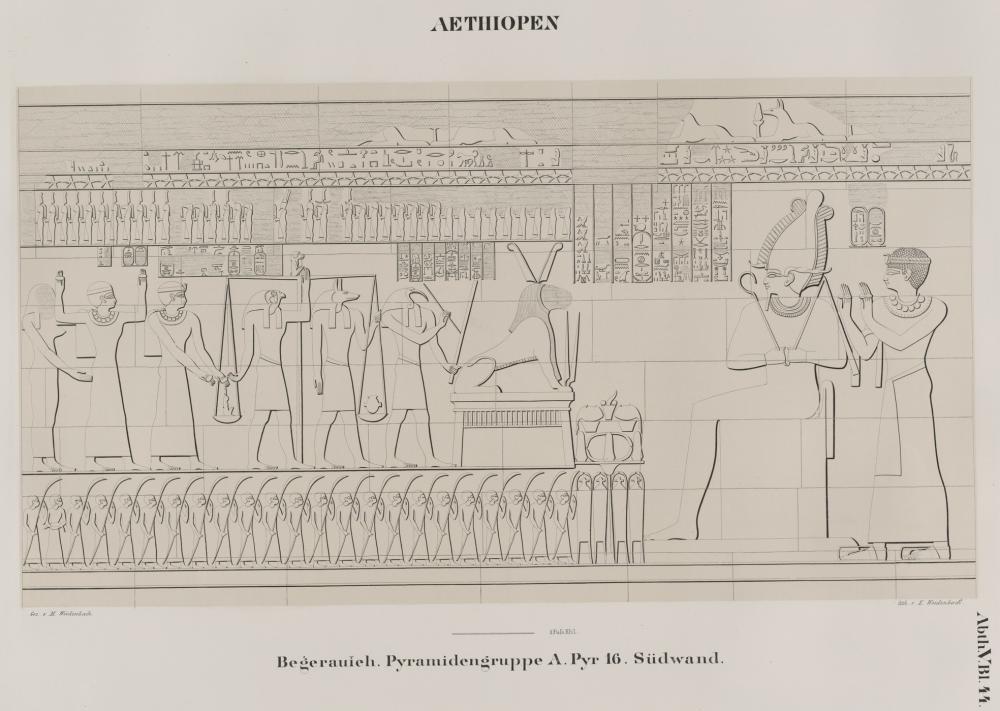
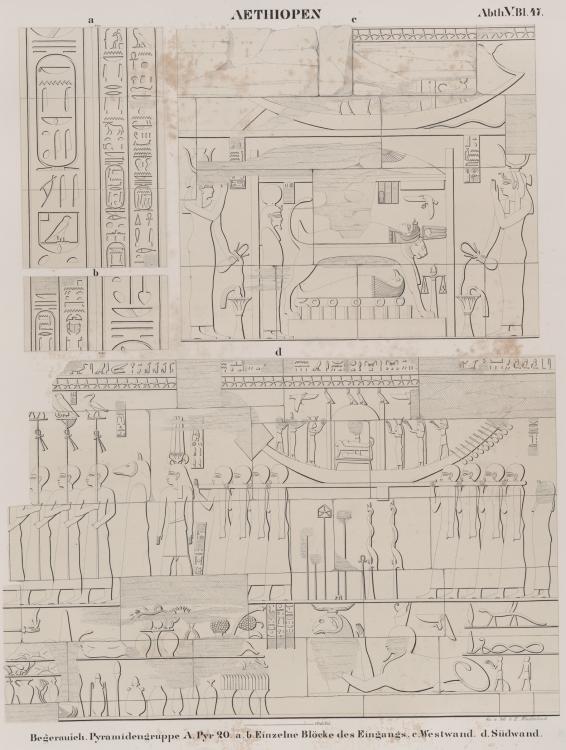
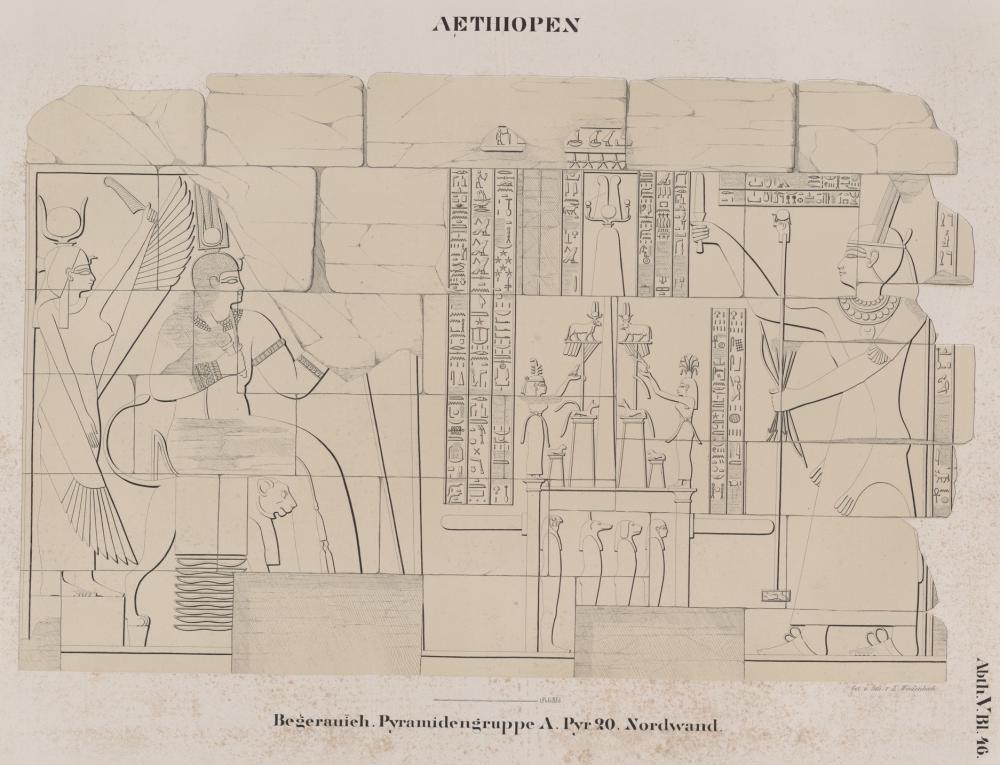
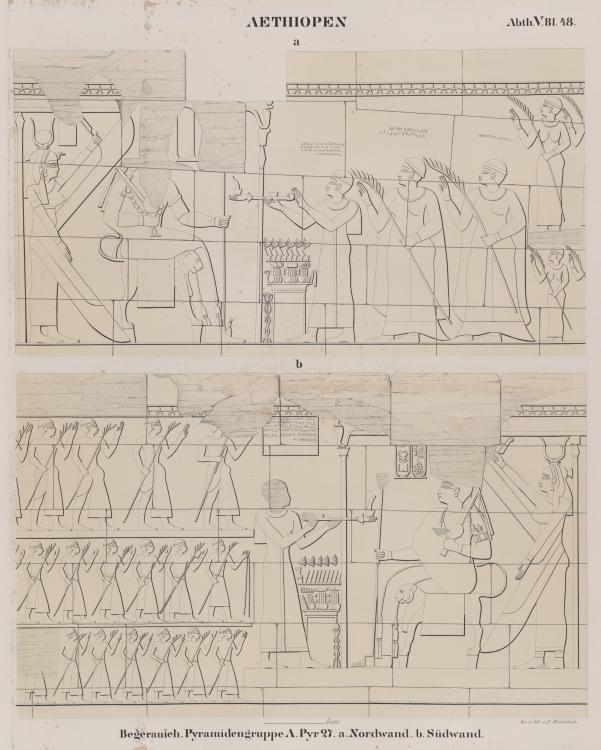
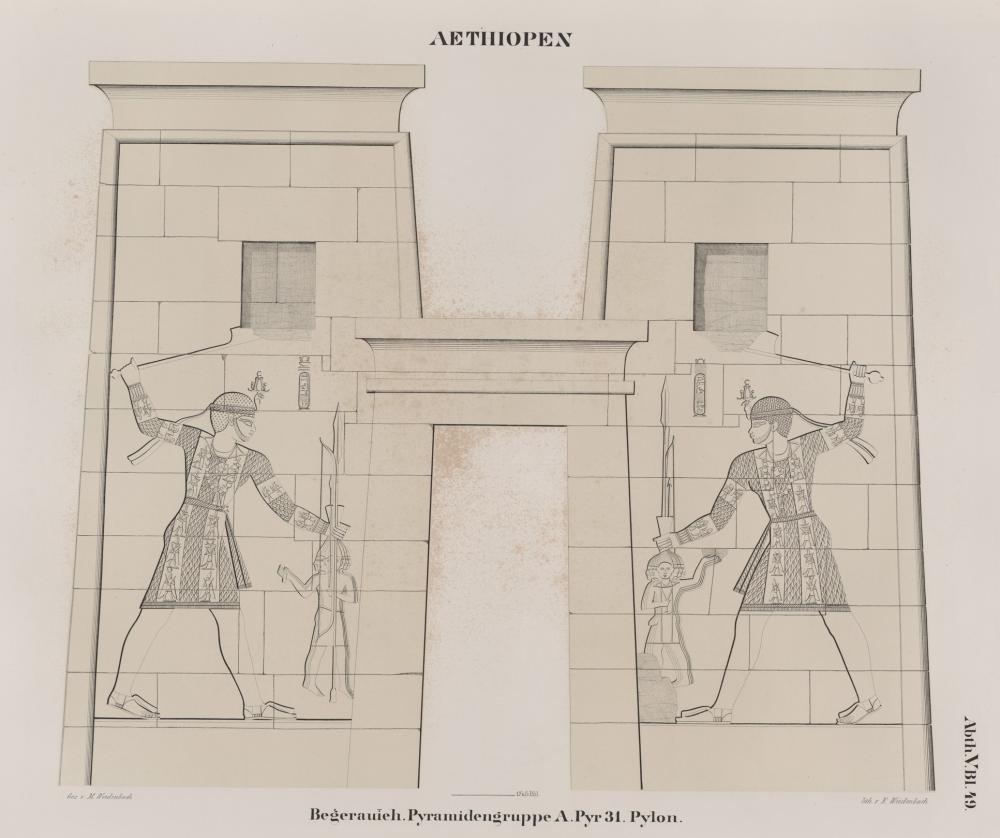
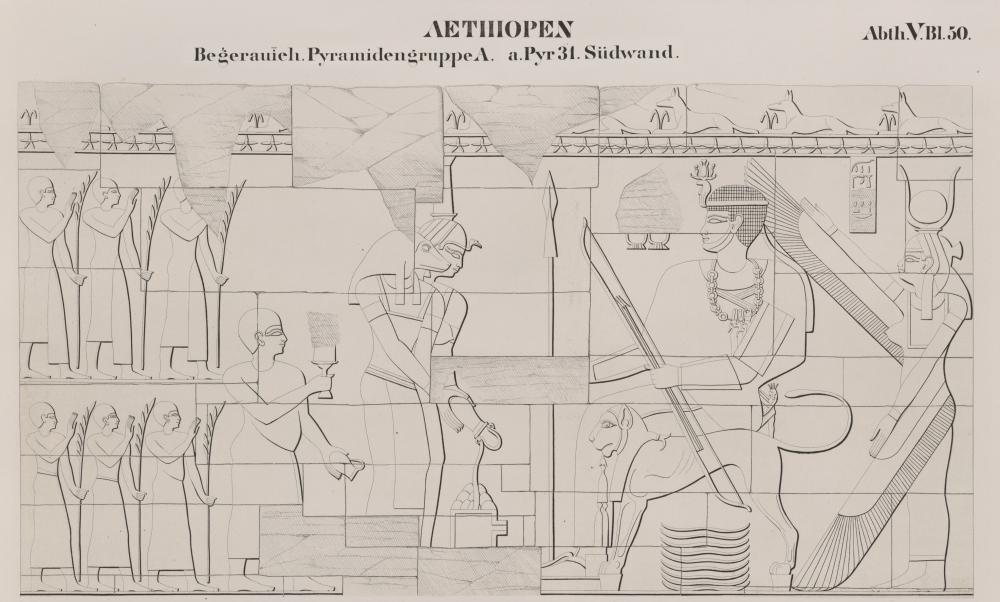
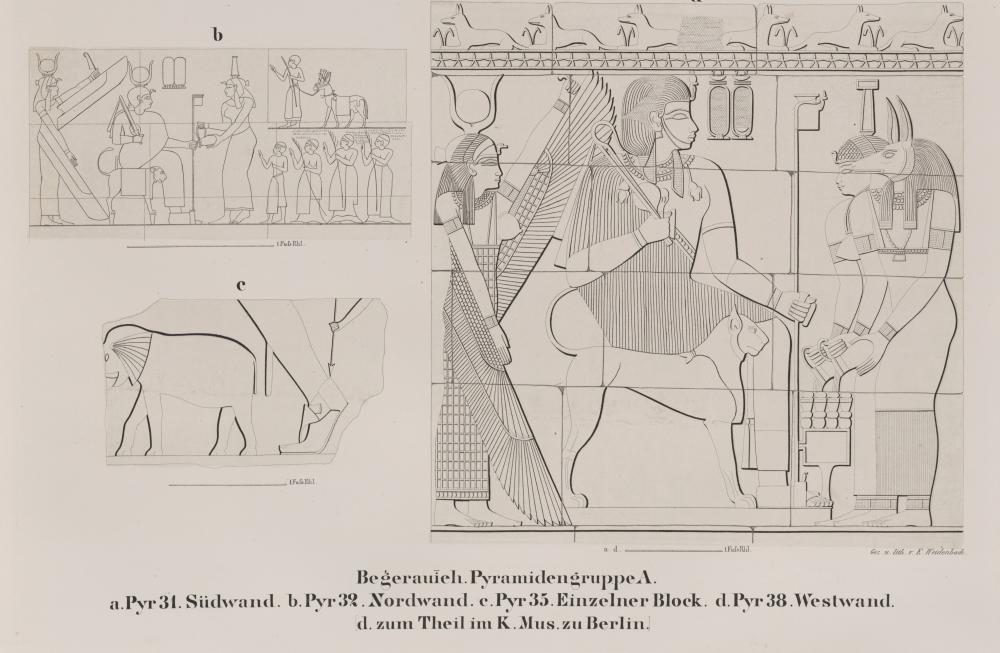
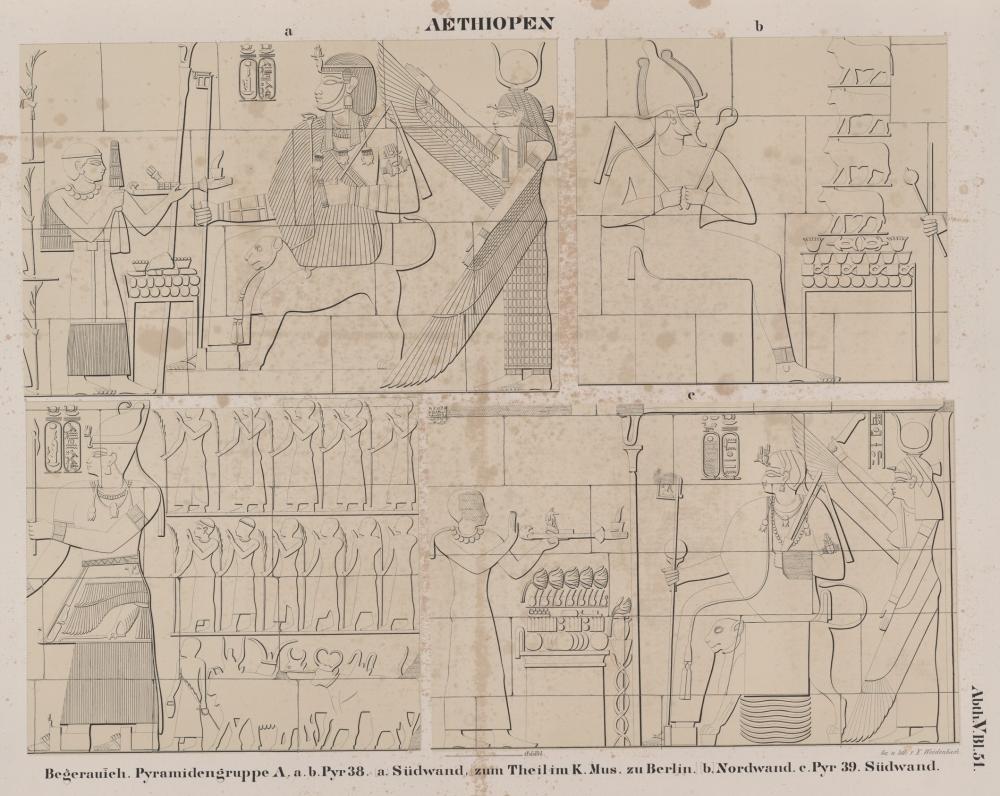
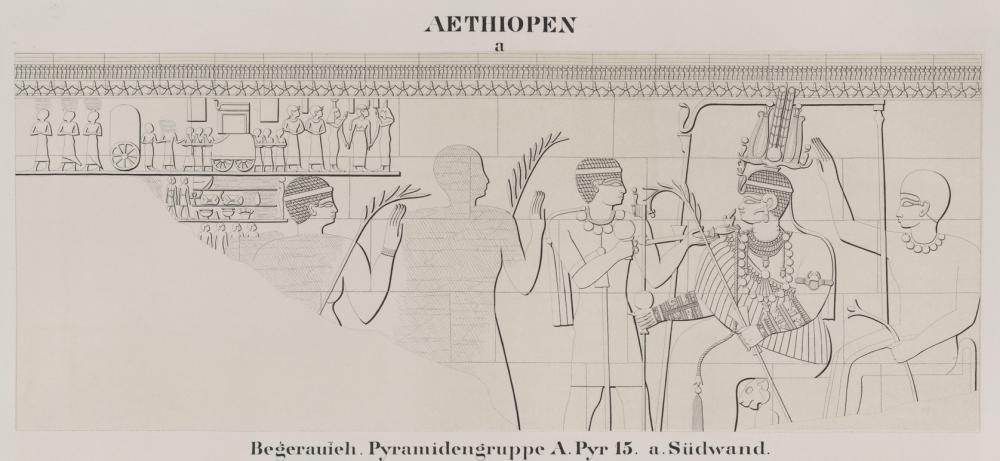
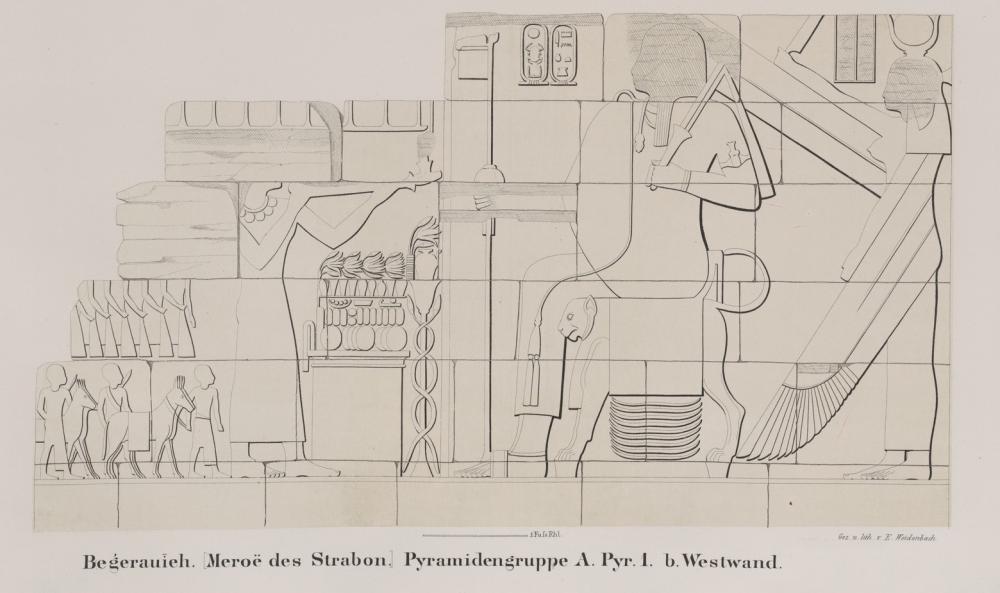
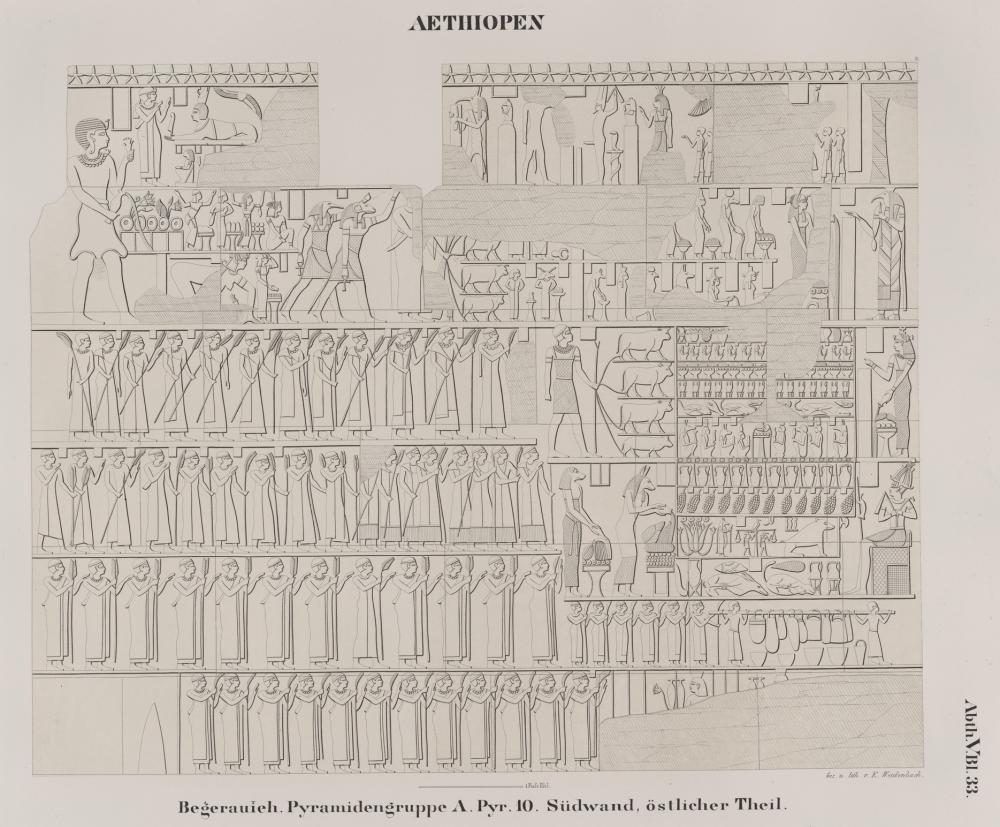
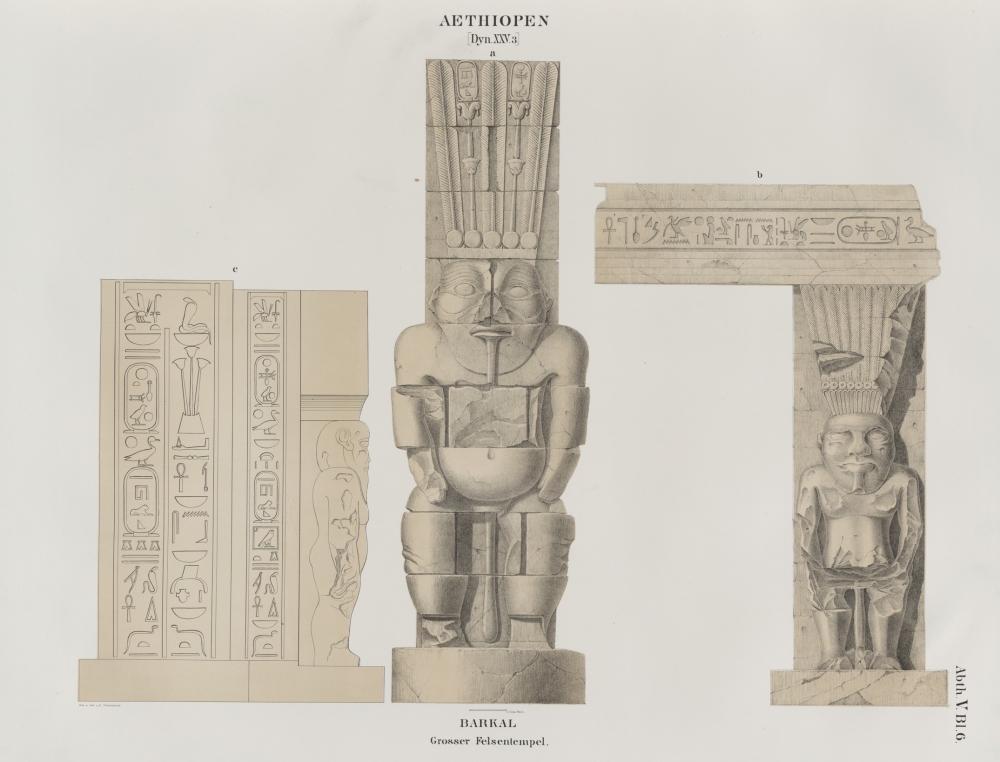
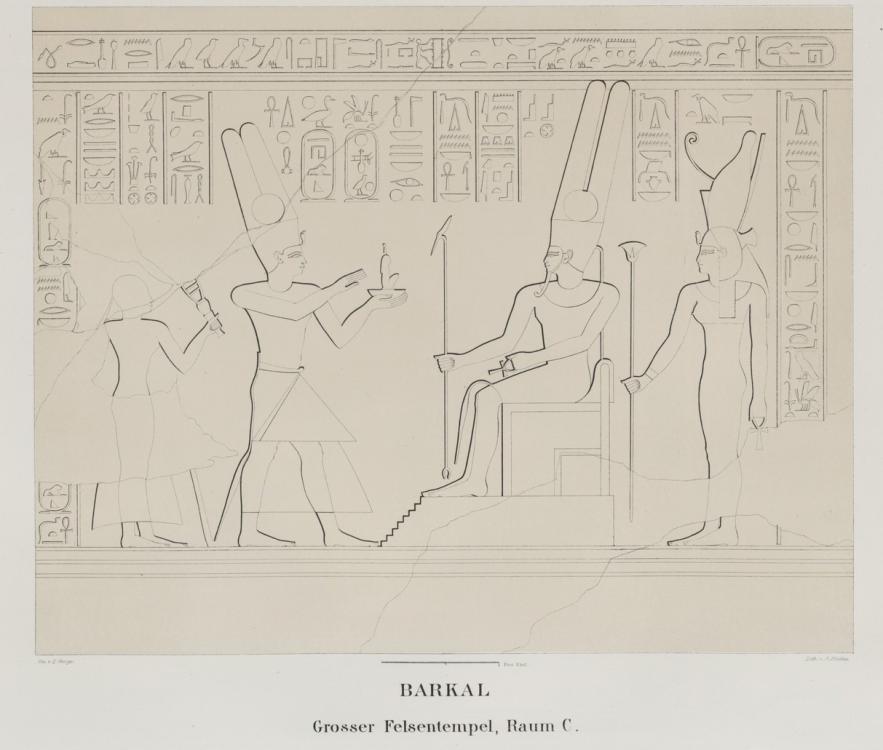
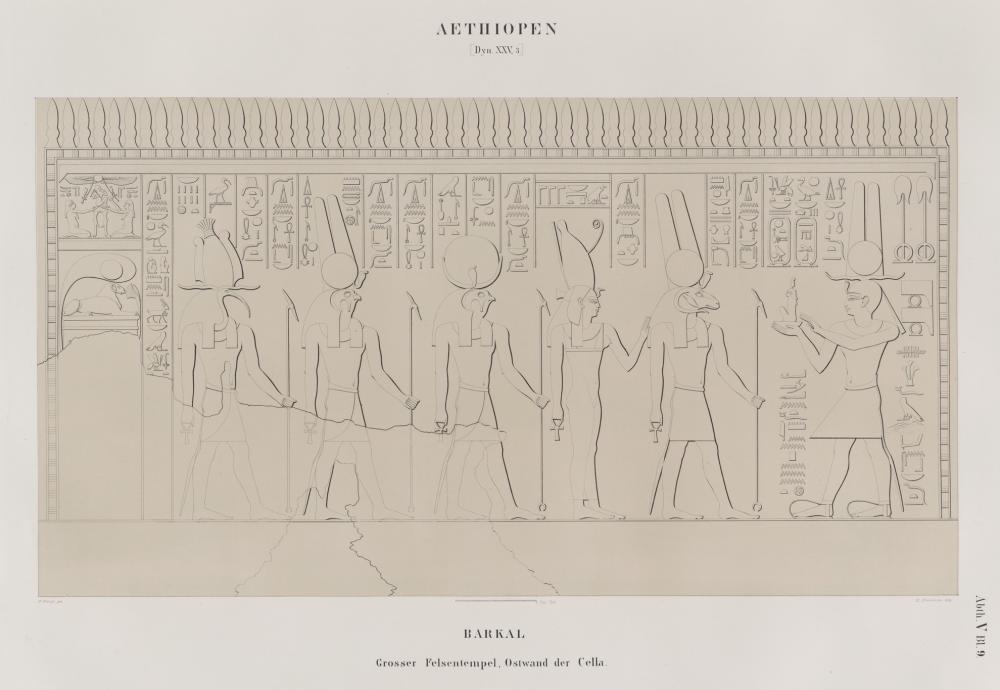
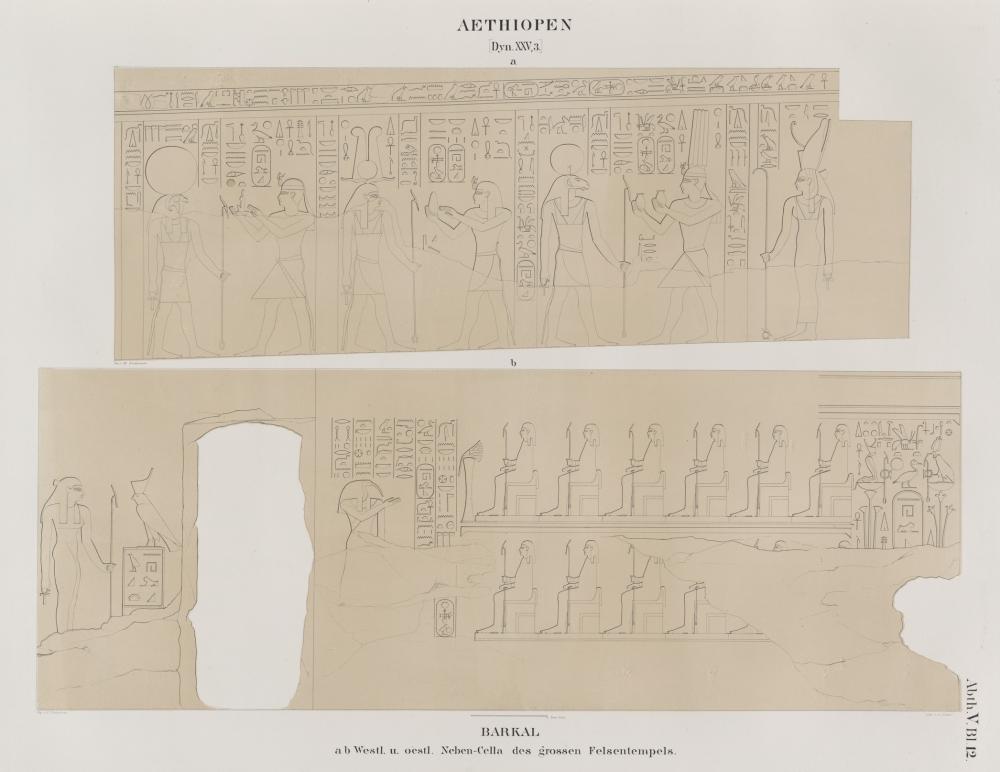
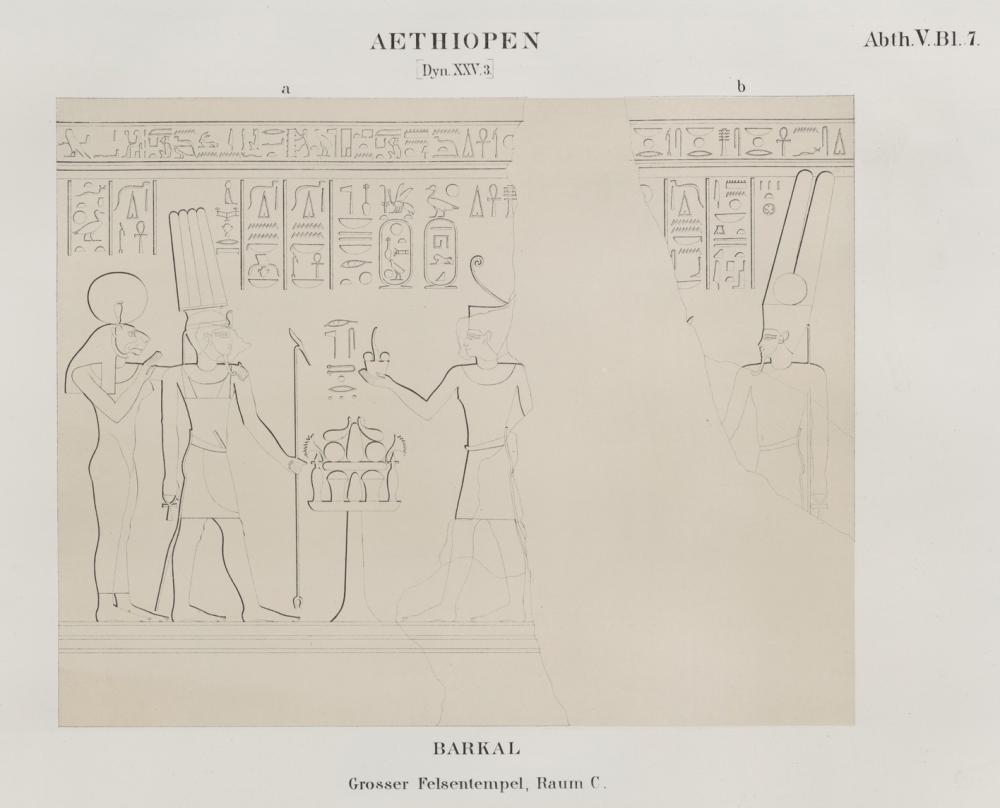
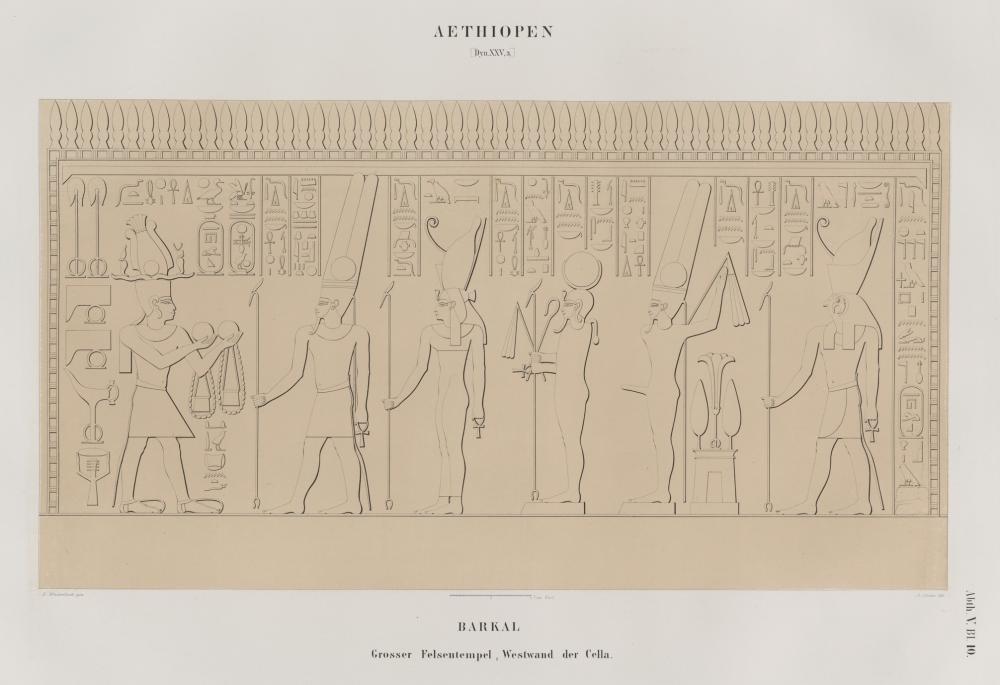
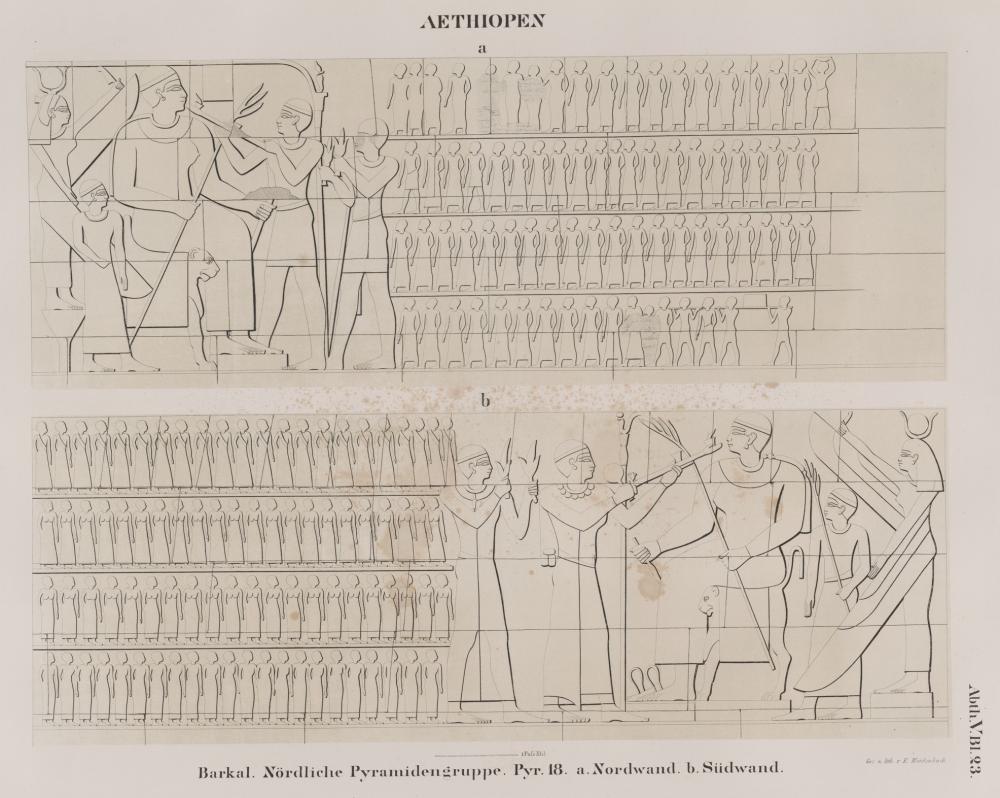
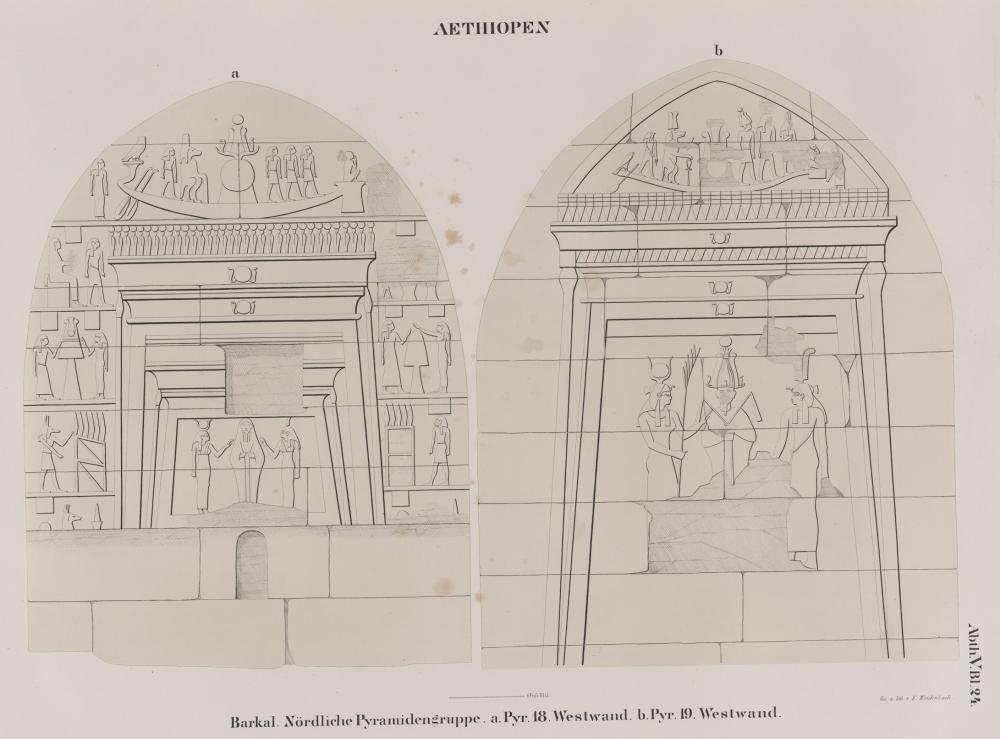
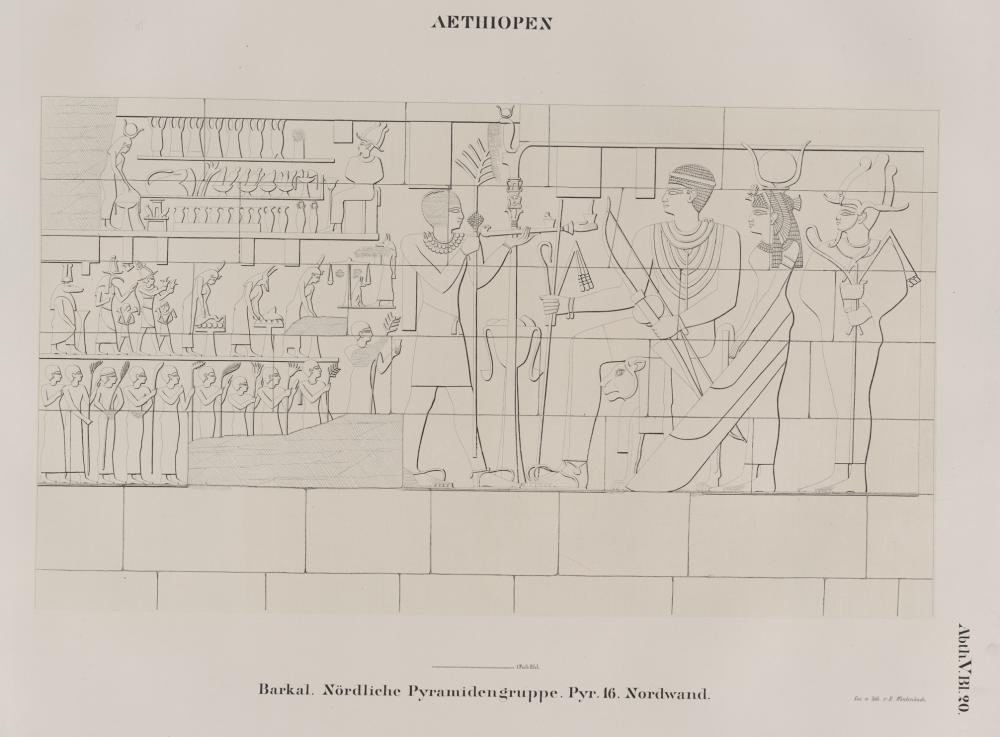
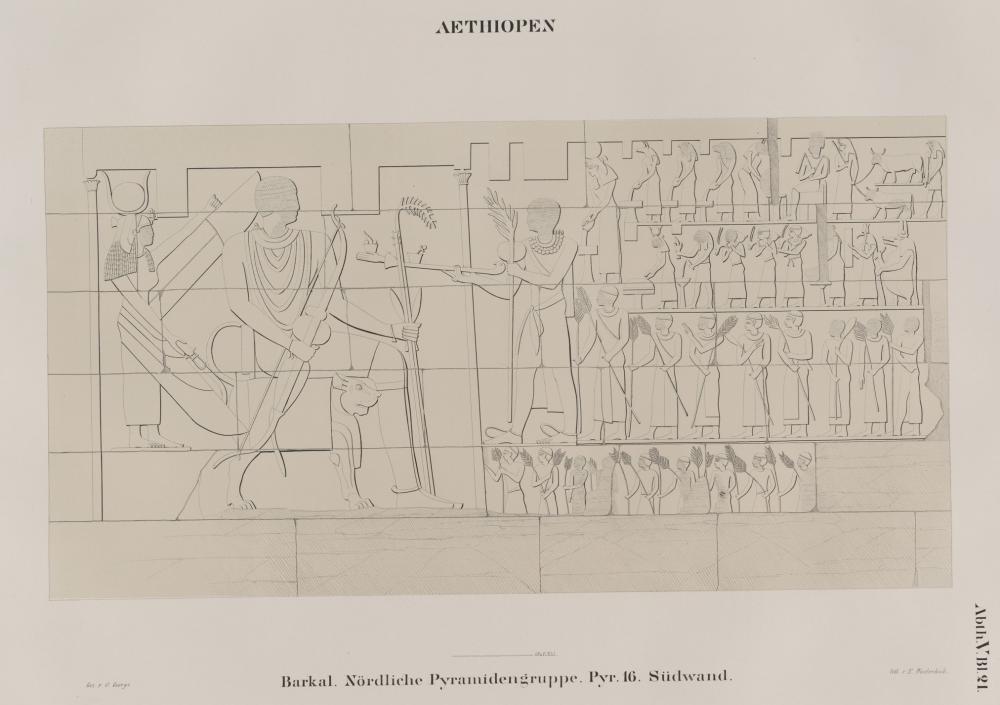
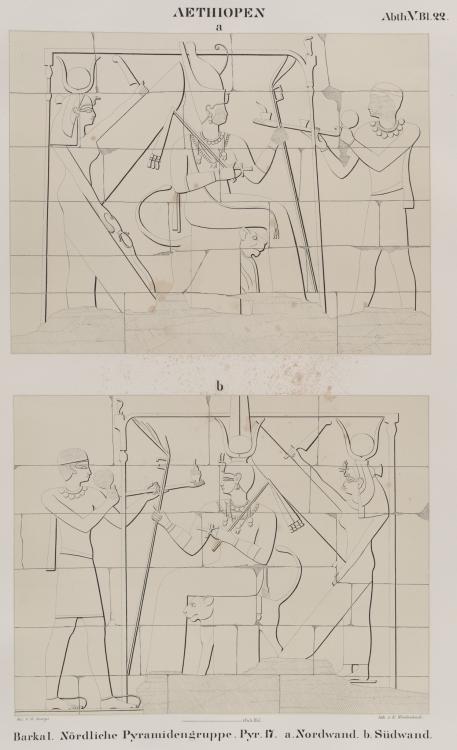
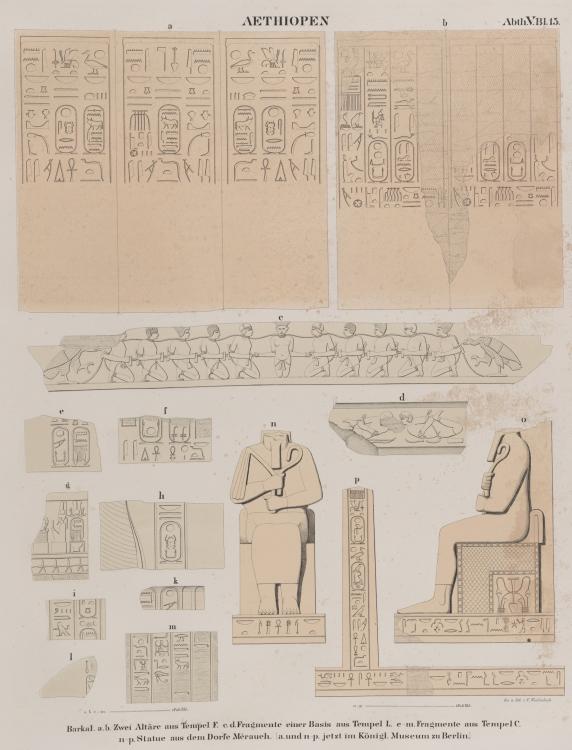
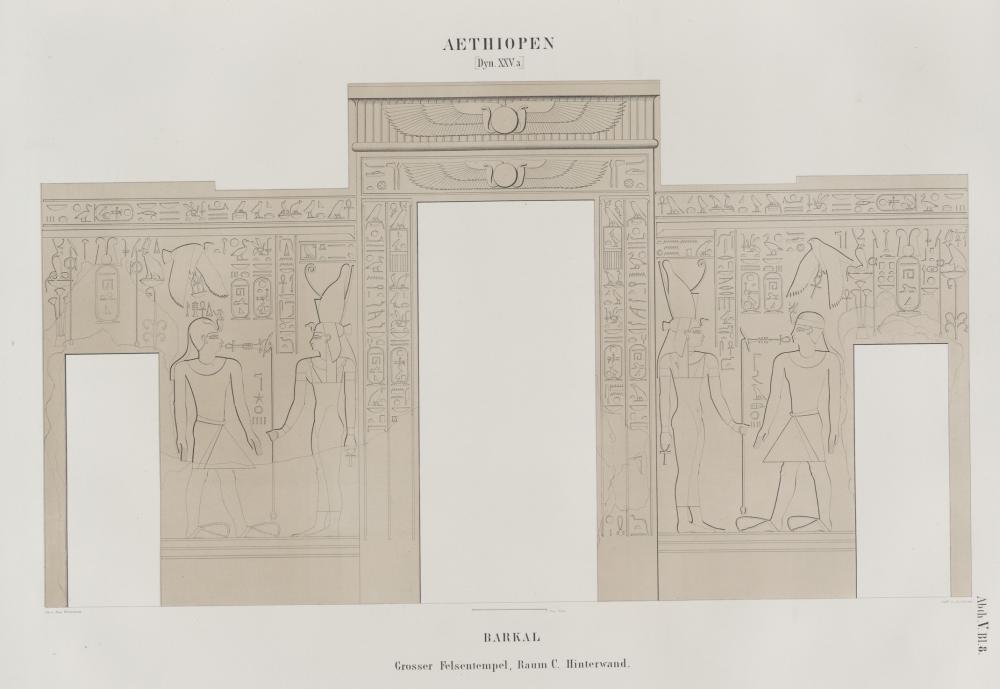
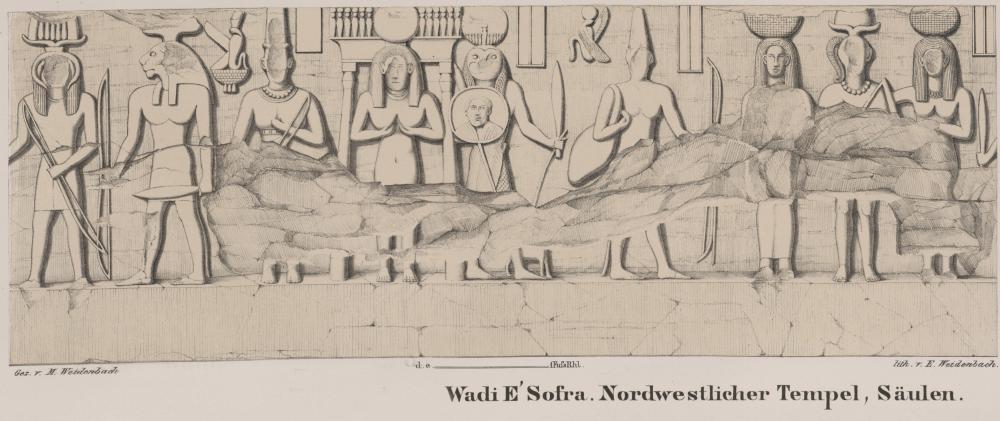
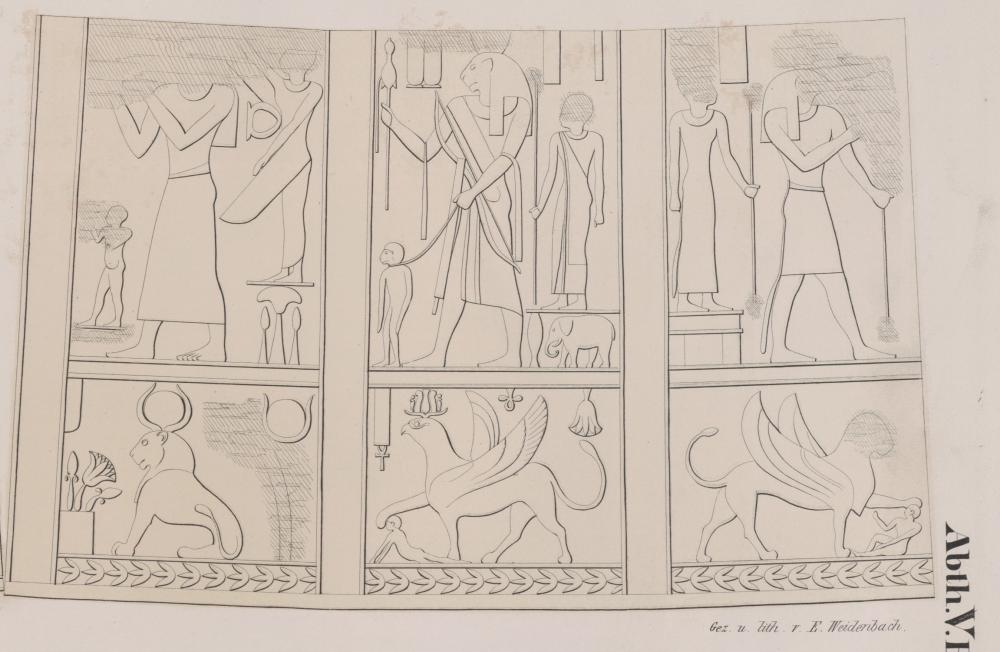
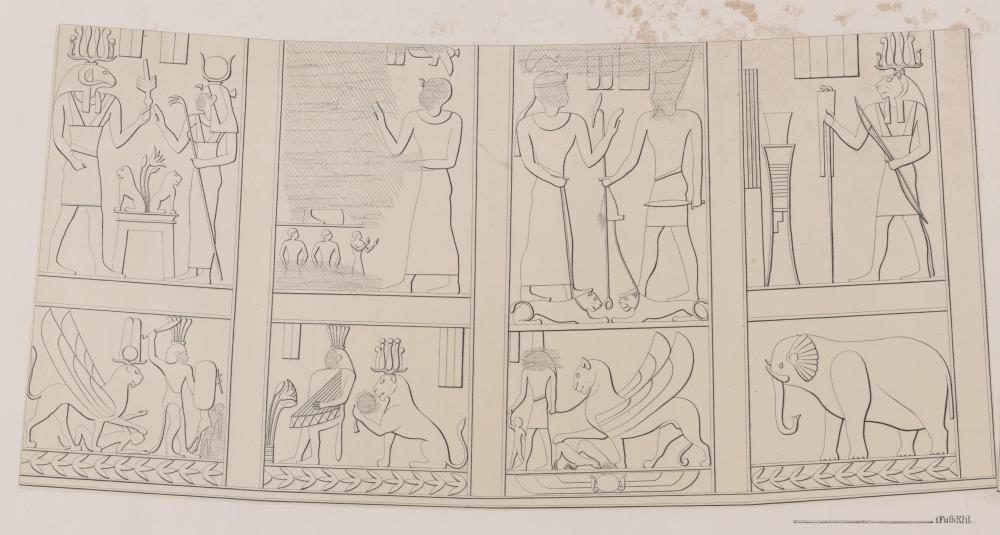
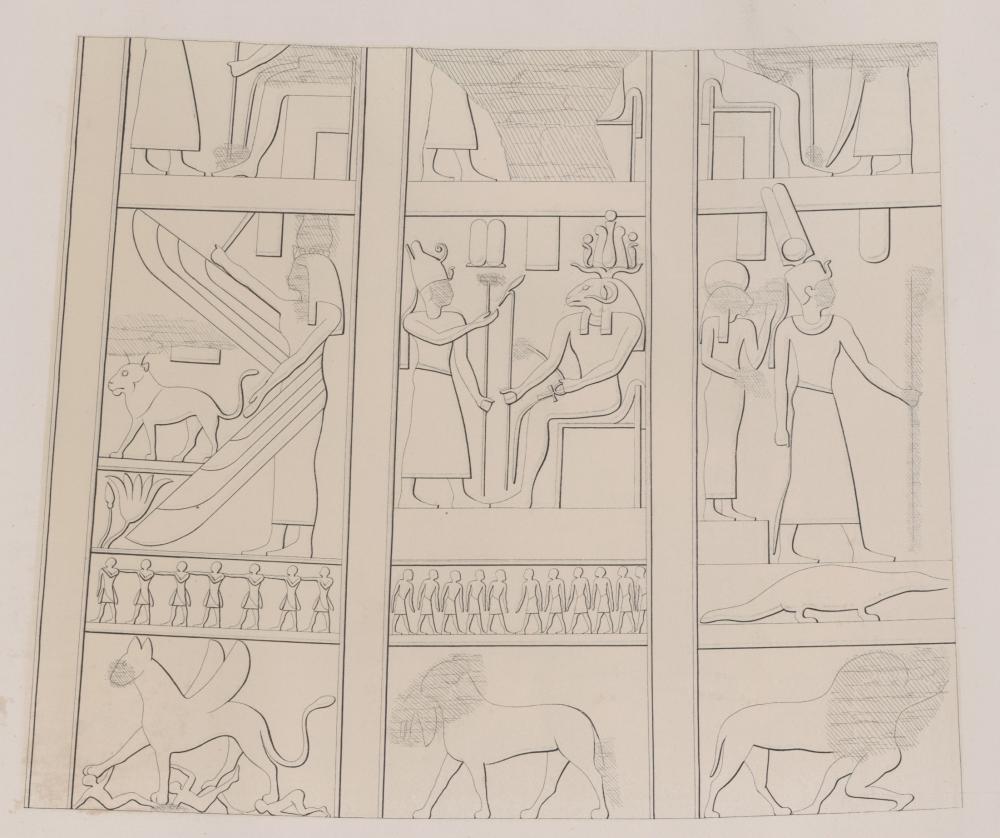
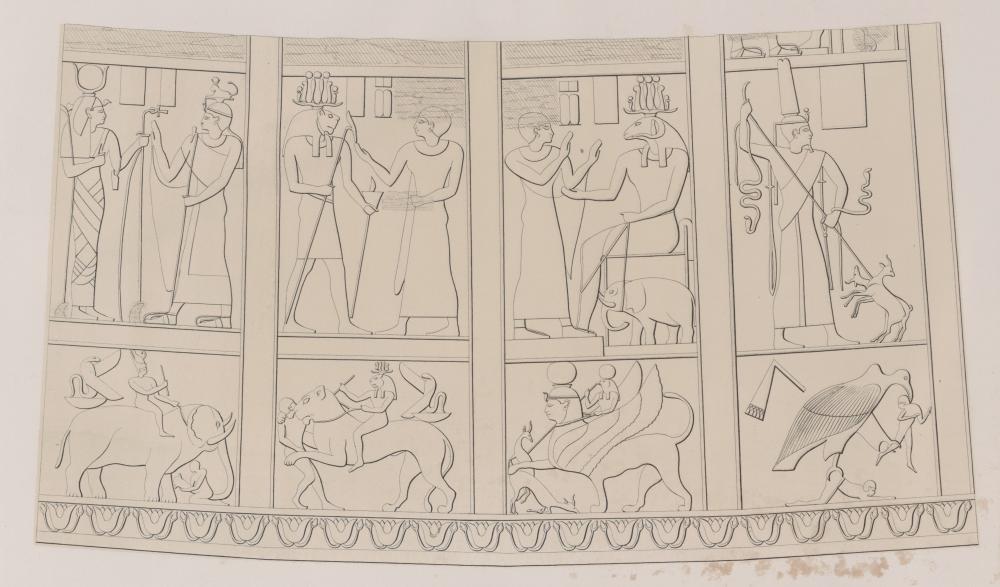
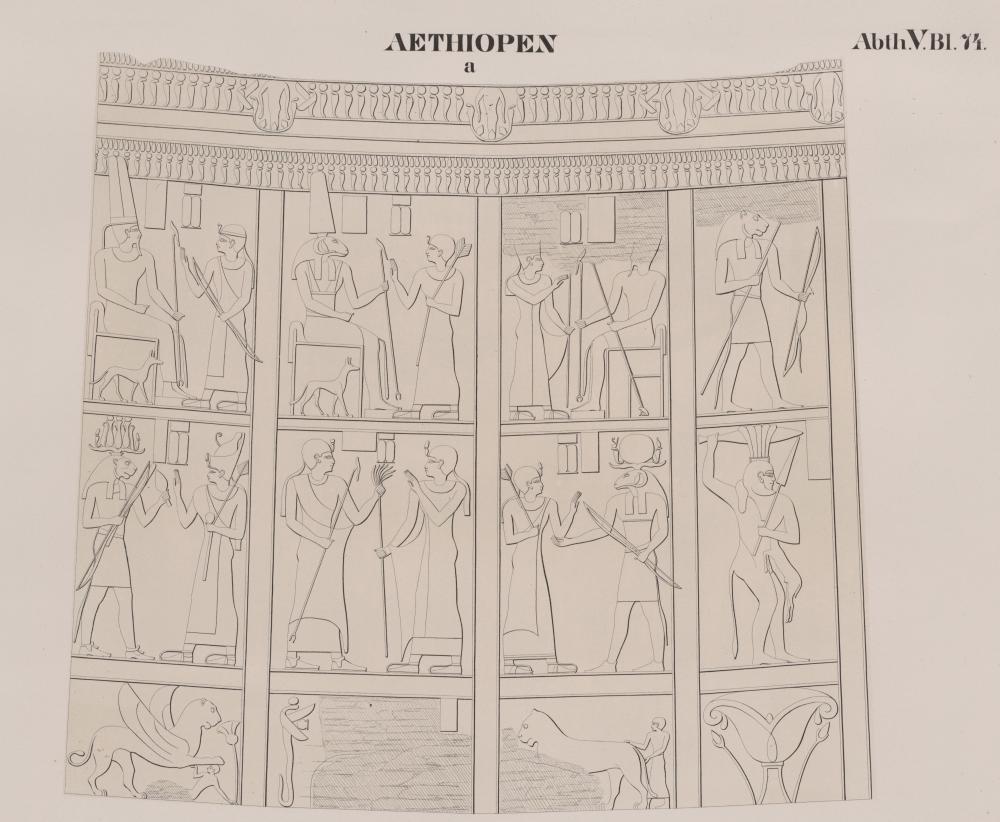
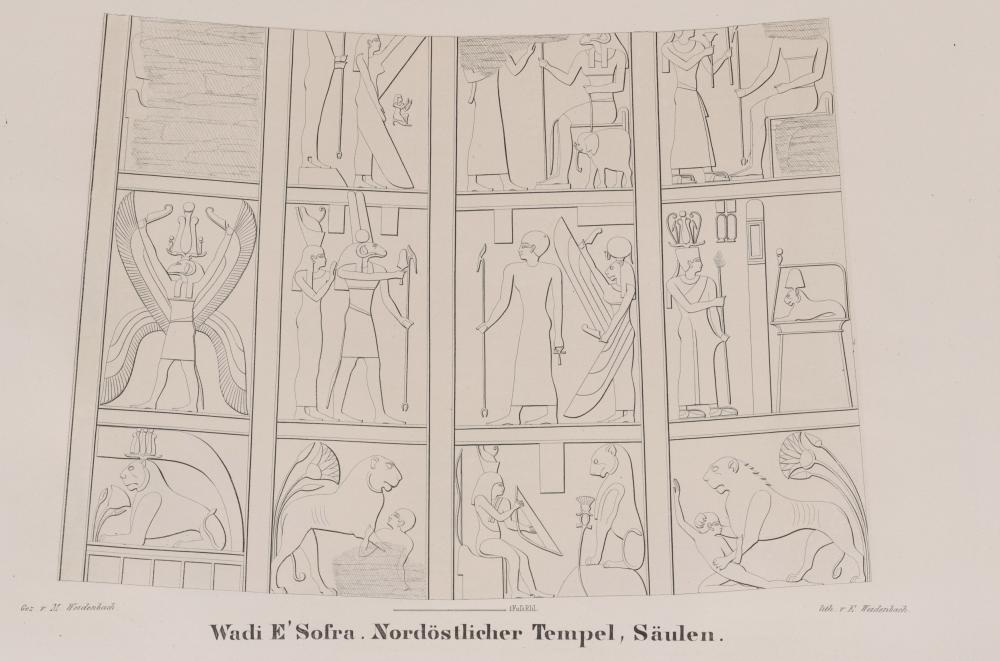
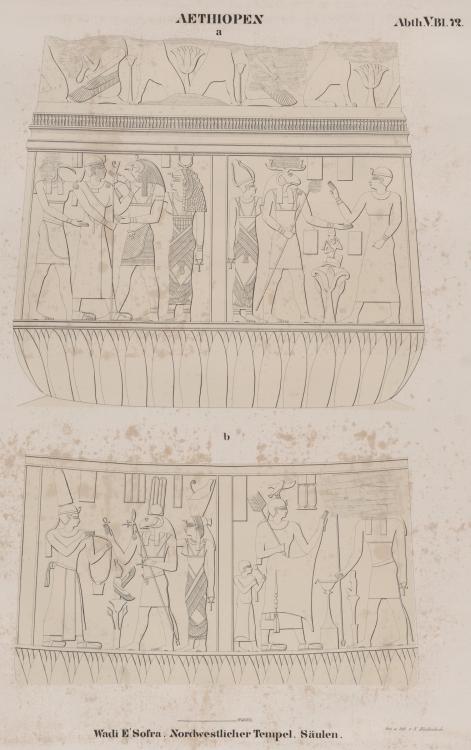
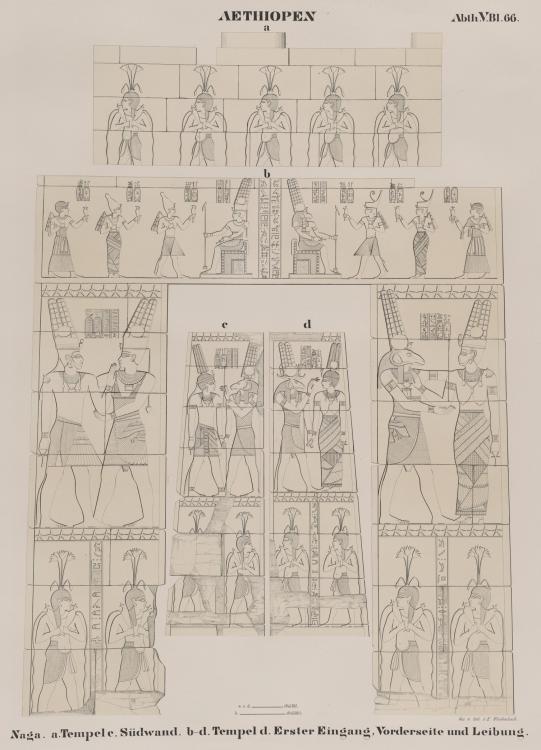
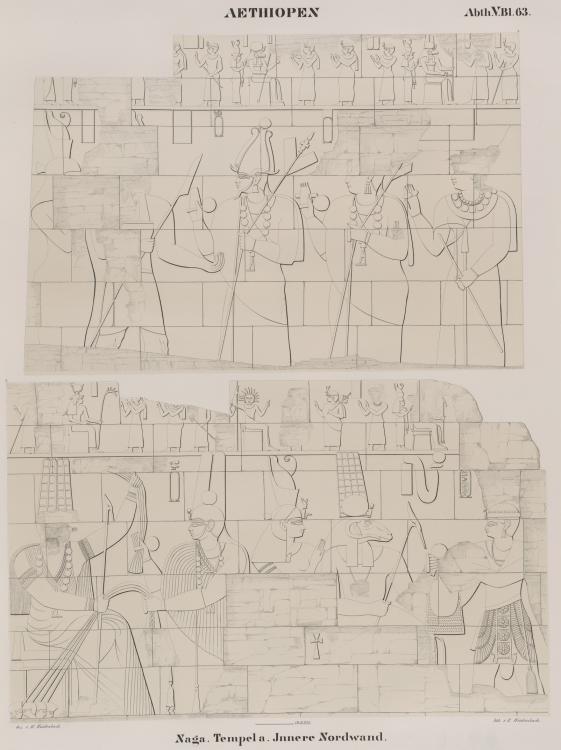
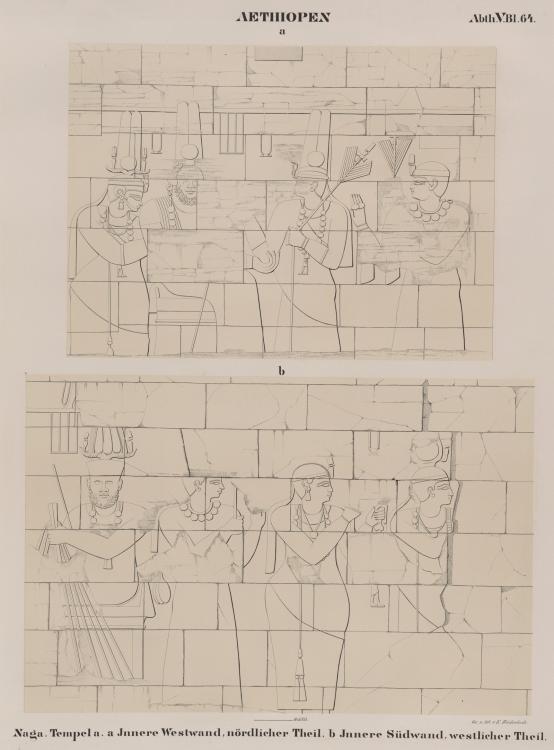
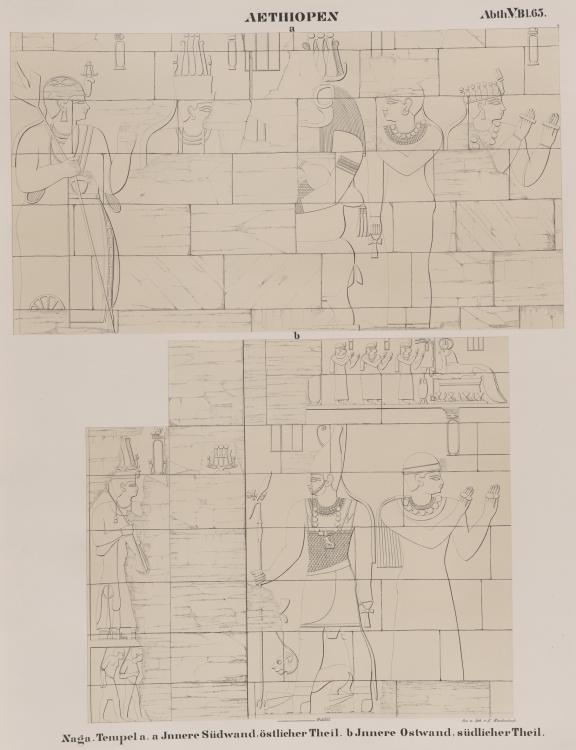
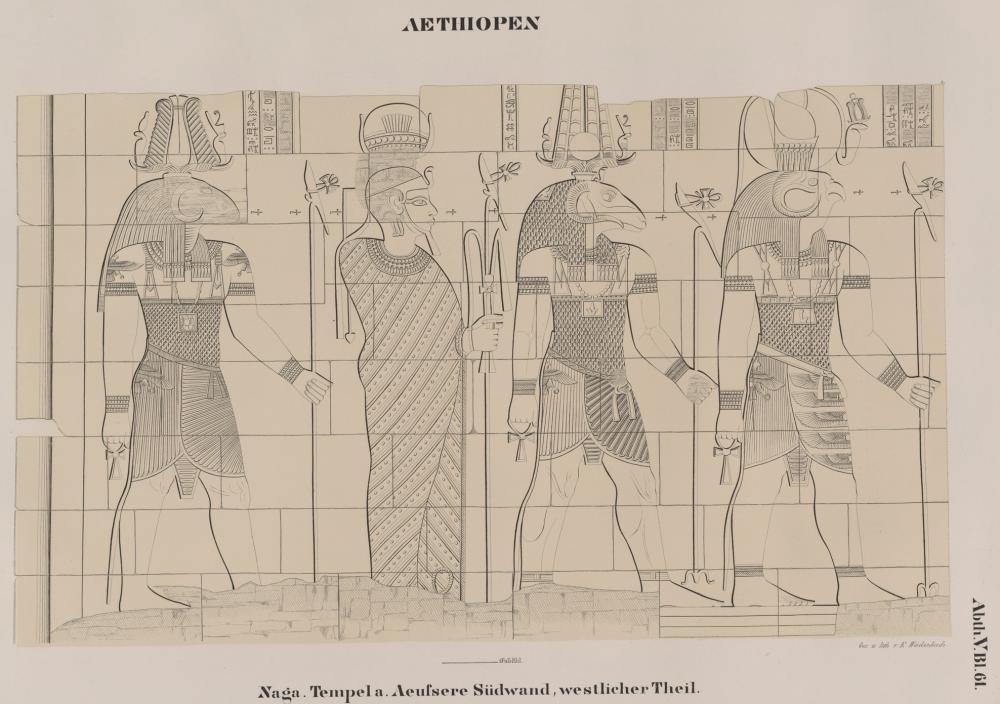
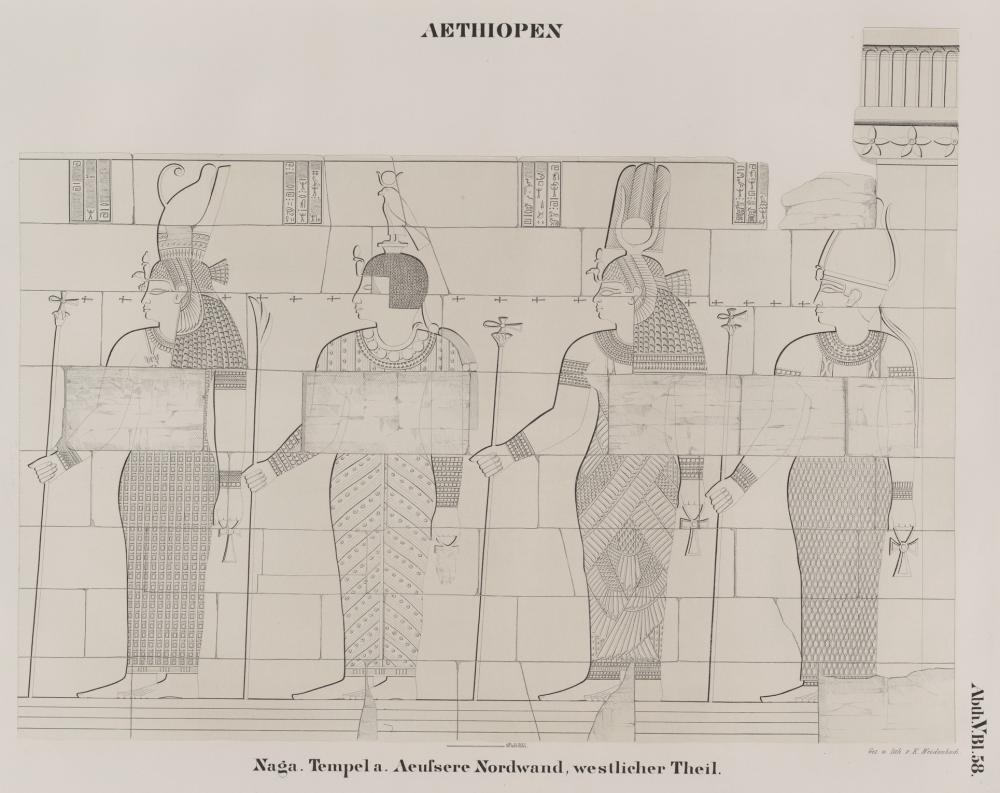
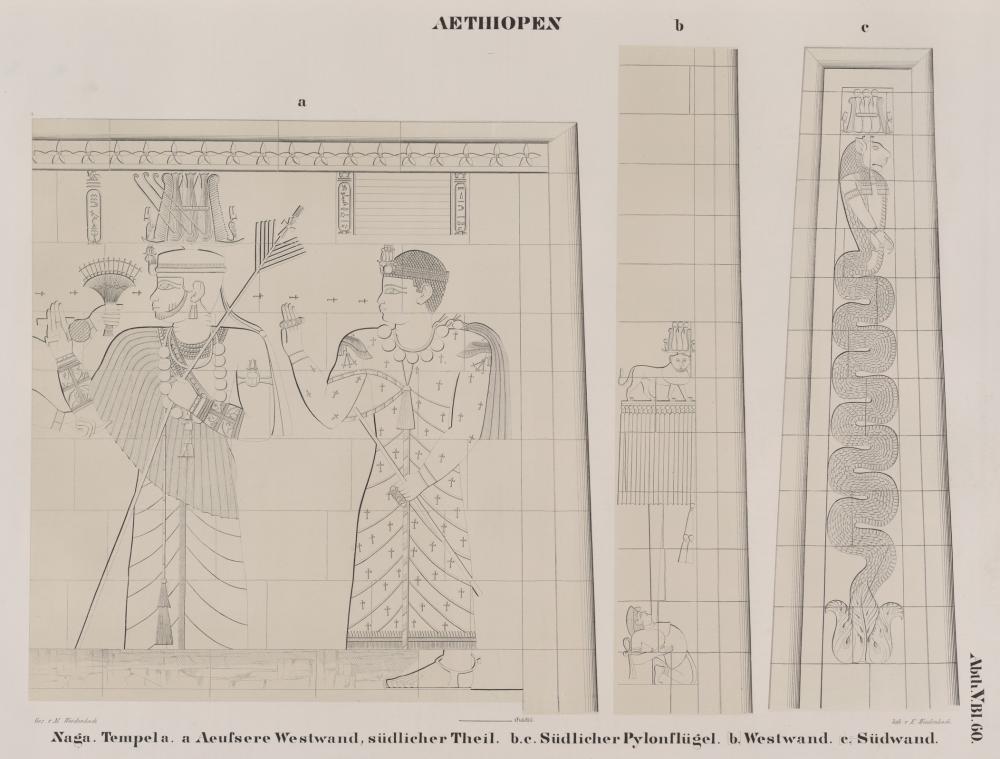
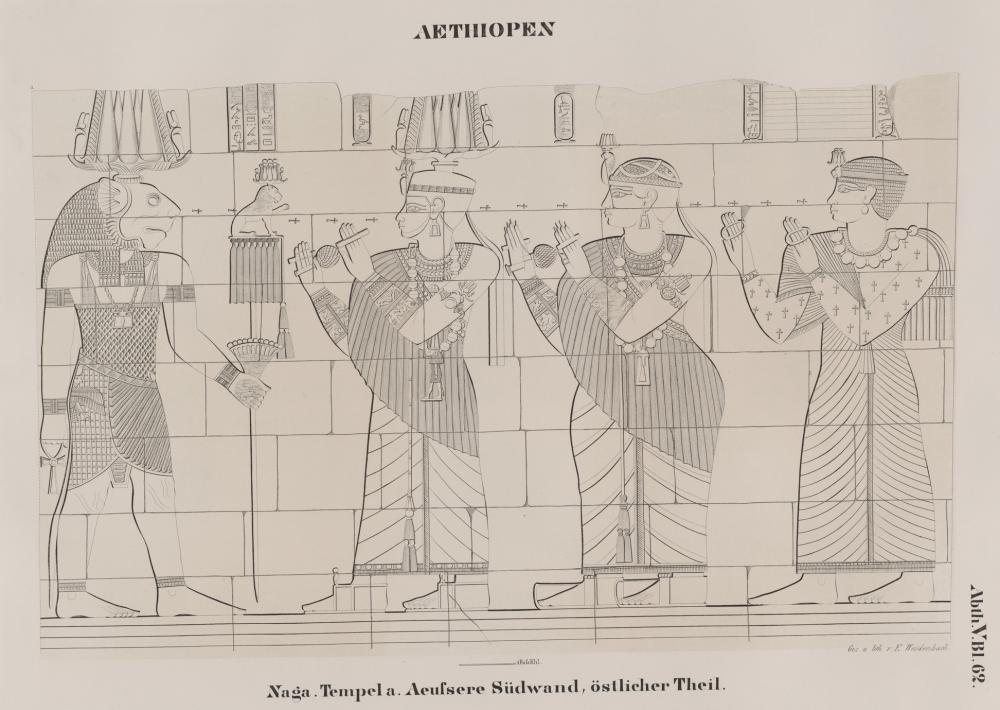
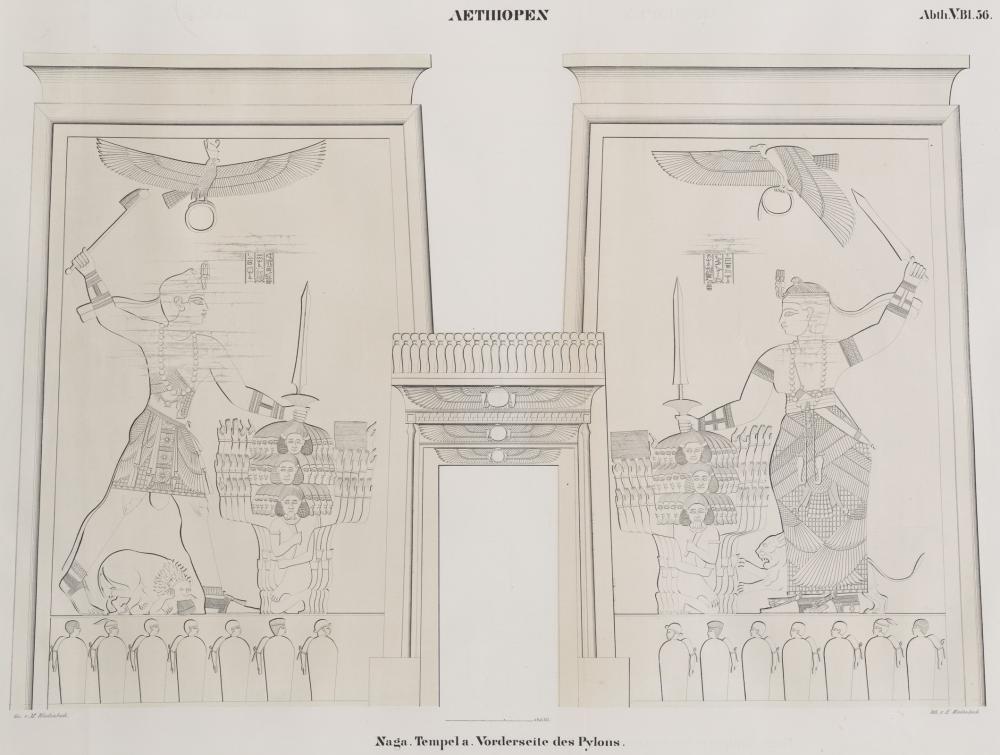
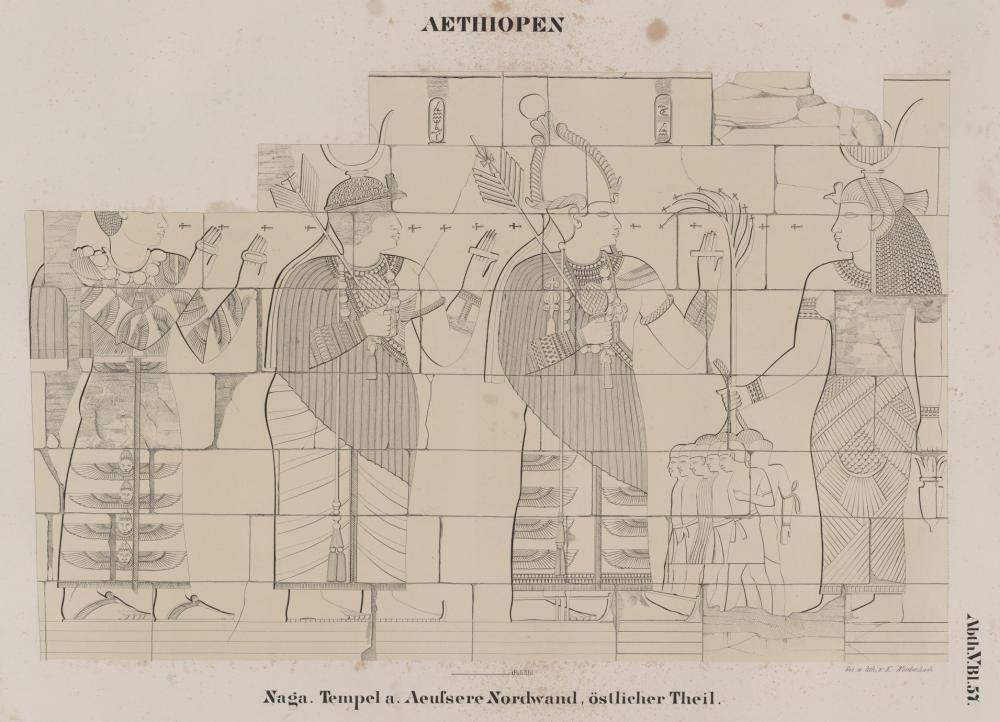
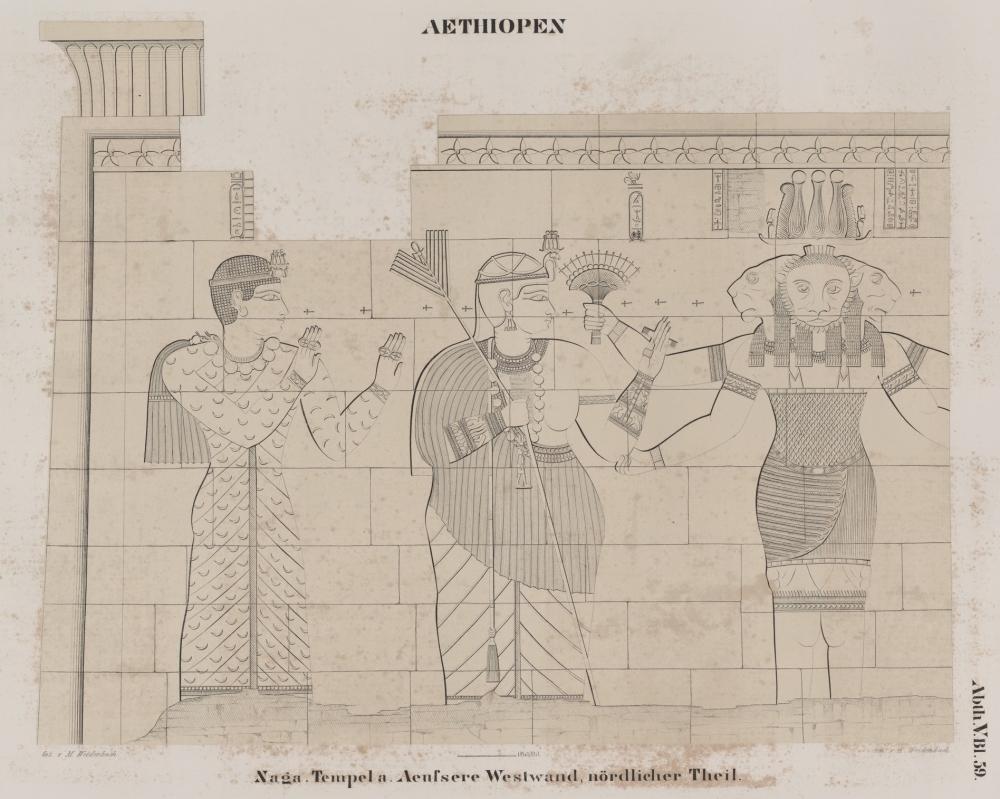
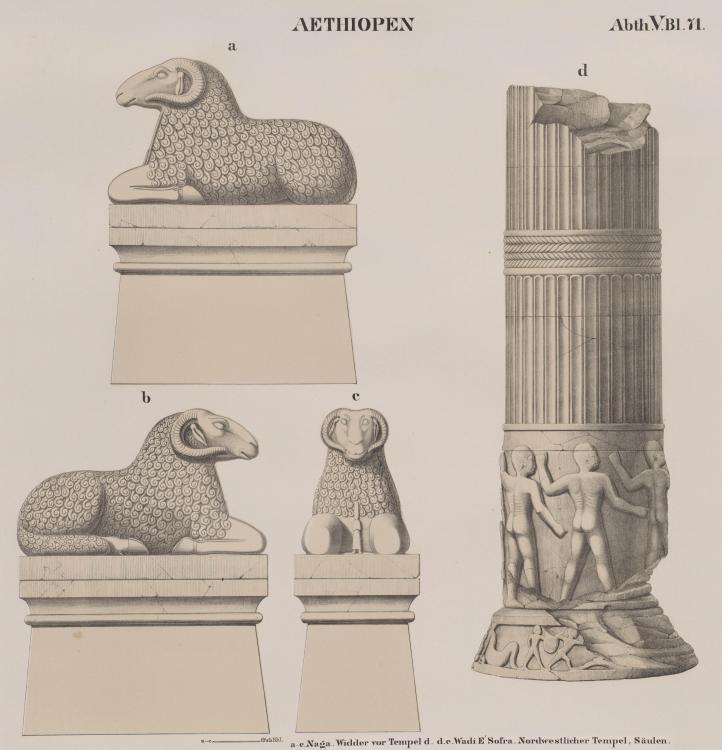
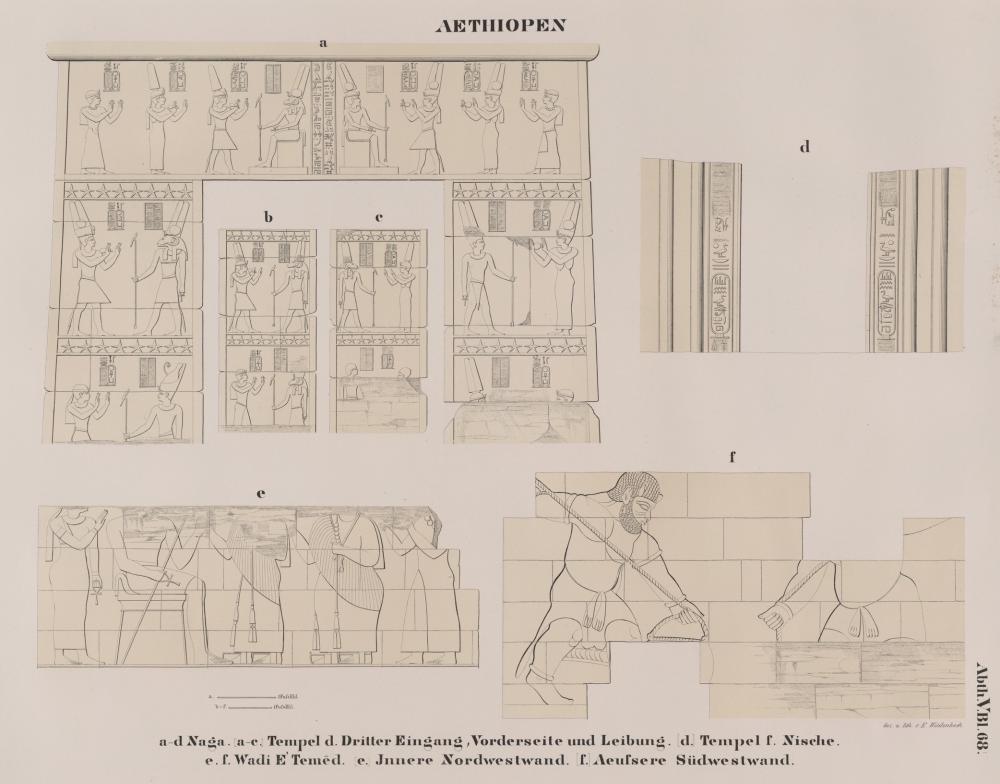
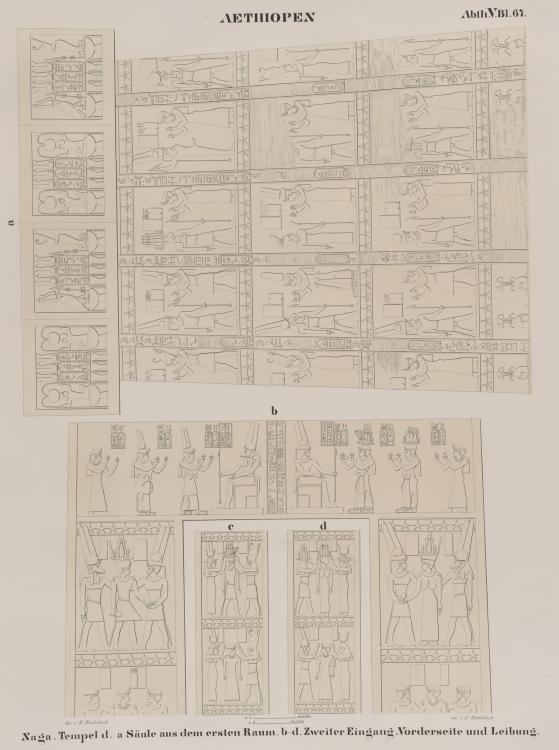
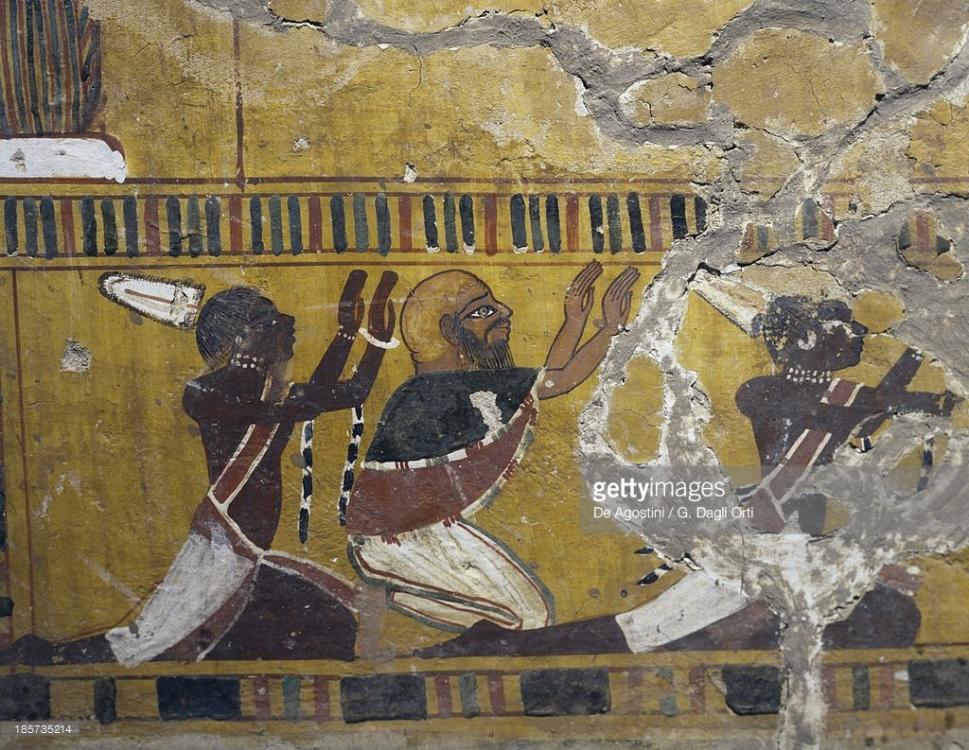
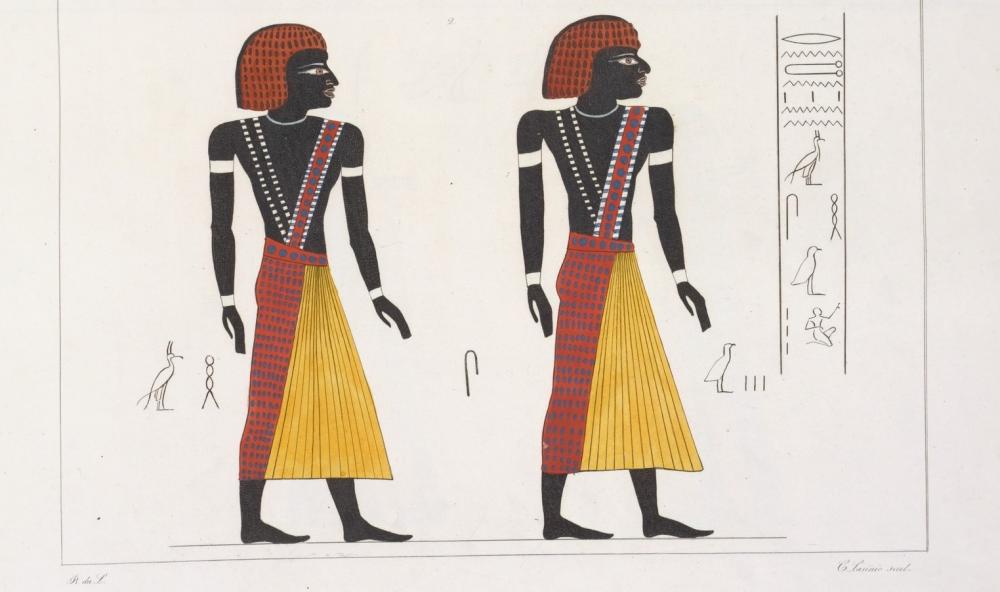
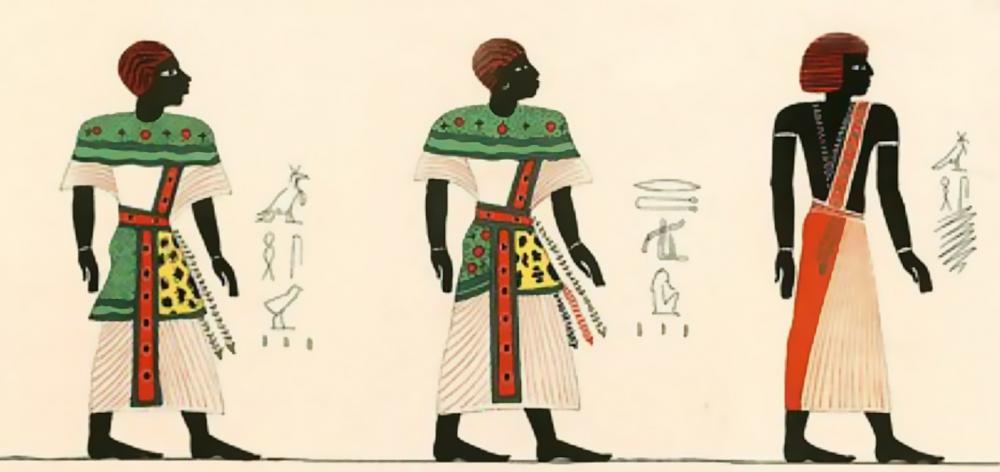
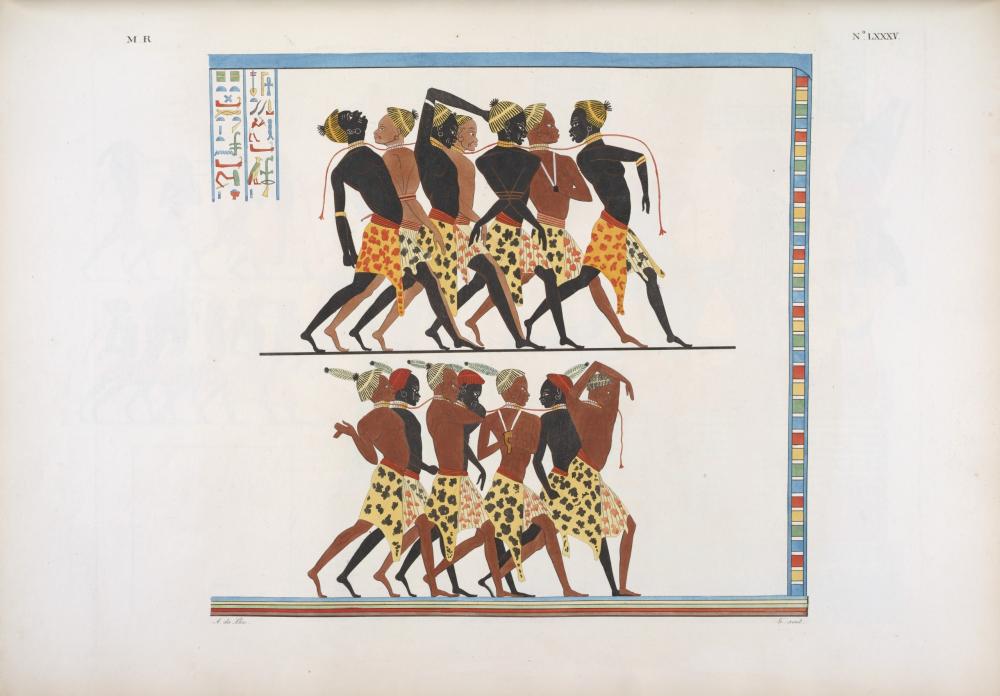
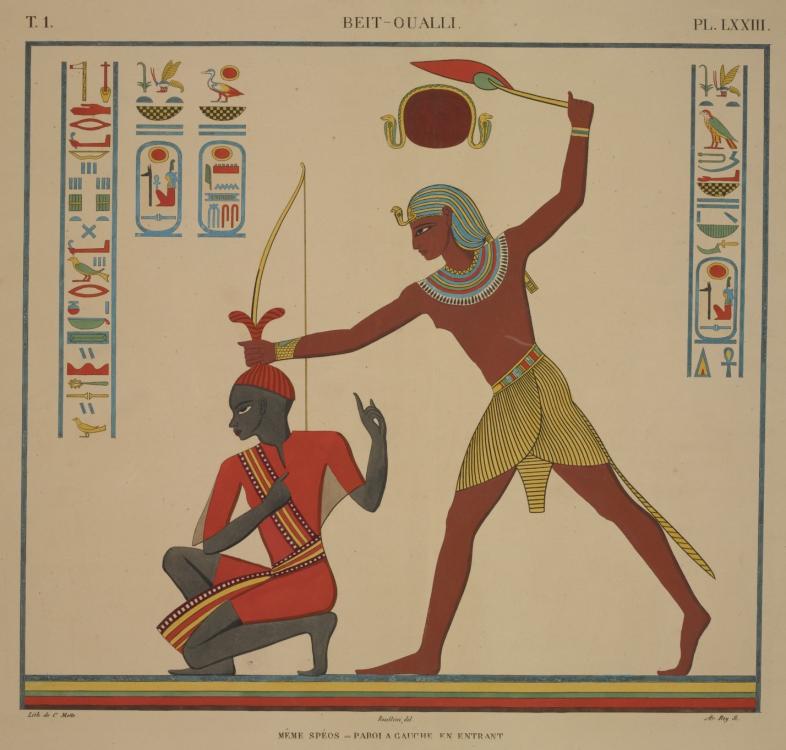
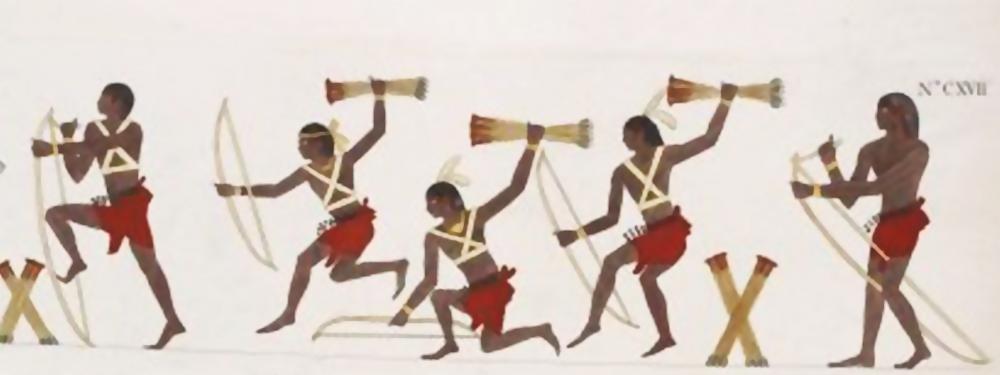
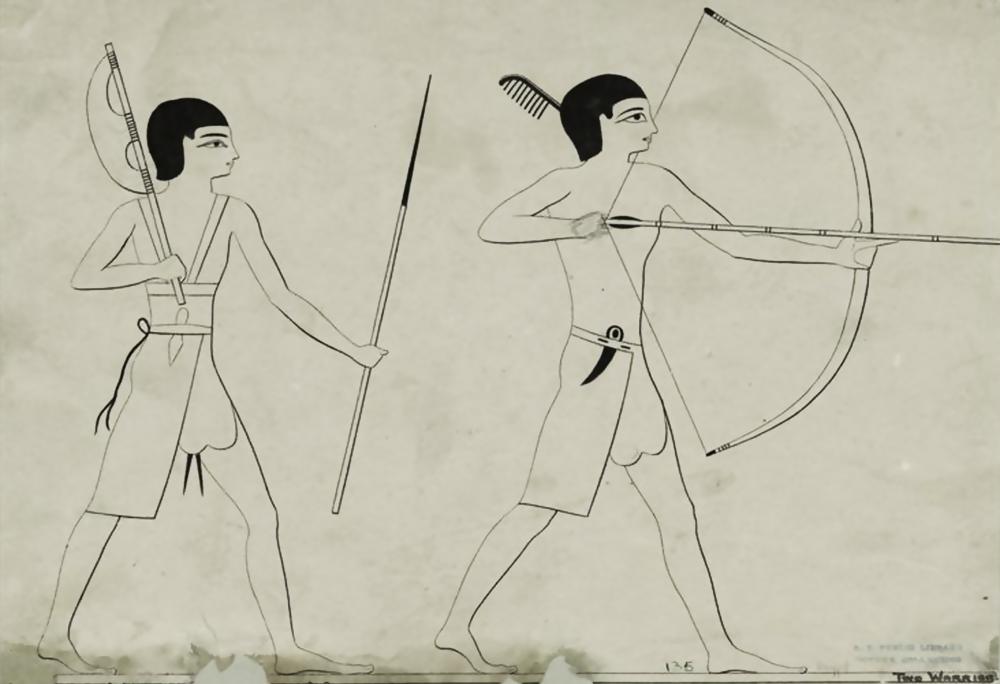
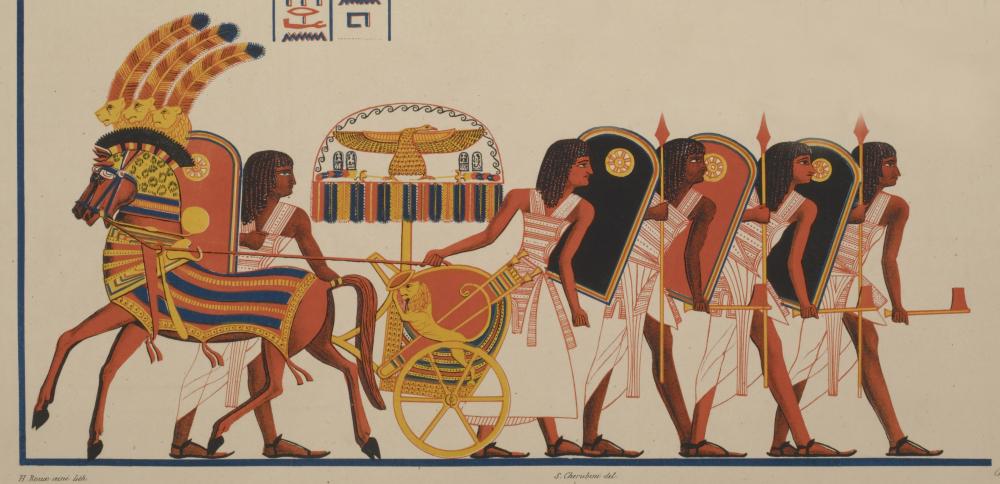

Civ: Mycenaeans
in Aristeia
Posted
Oooh, I looooove Mycenaeans and Minoans...